One of the most underrated and overlooked fruit available to foragers, highbush cranberry fruit is something I never seem to have enough of. An edible native fruit shrub that's easy to grow and propagate, they're a great addition to a yard, landscaping as a hedge, or part of a food forest. Today we'll go over the finer points of harvesting and processing, and, most importantly, how to avoid its cousin-the bitter, foul-tasting European Guelder Rose that's spread across North America.
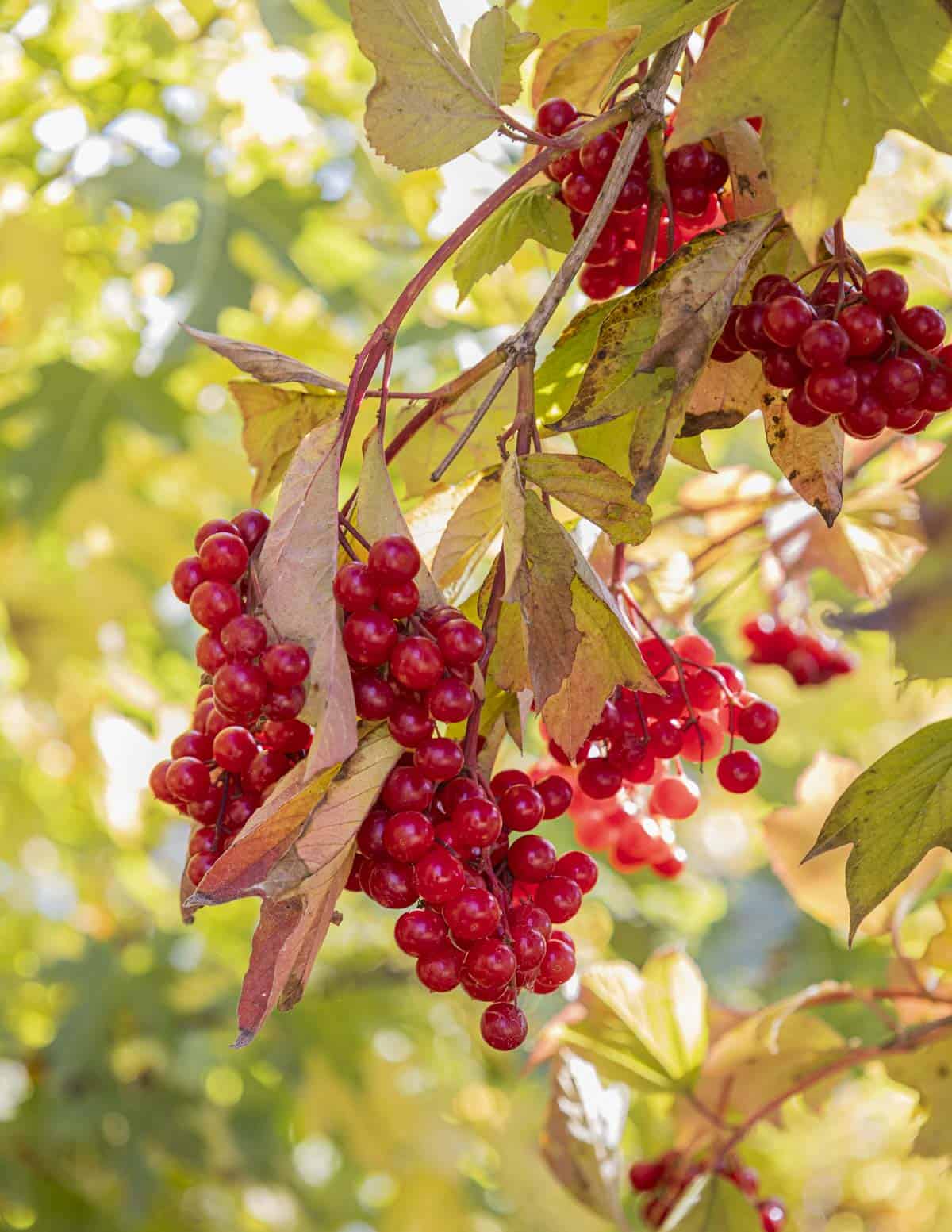
Background
Viburnums are a group of fruit shrubs including nannyberries and highbush cranberries. Around the world they have a long history of use as food, with the most documentation I'm aware of coming from Russia, Eastern Europe, Ukraine, and Slavic countries.
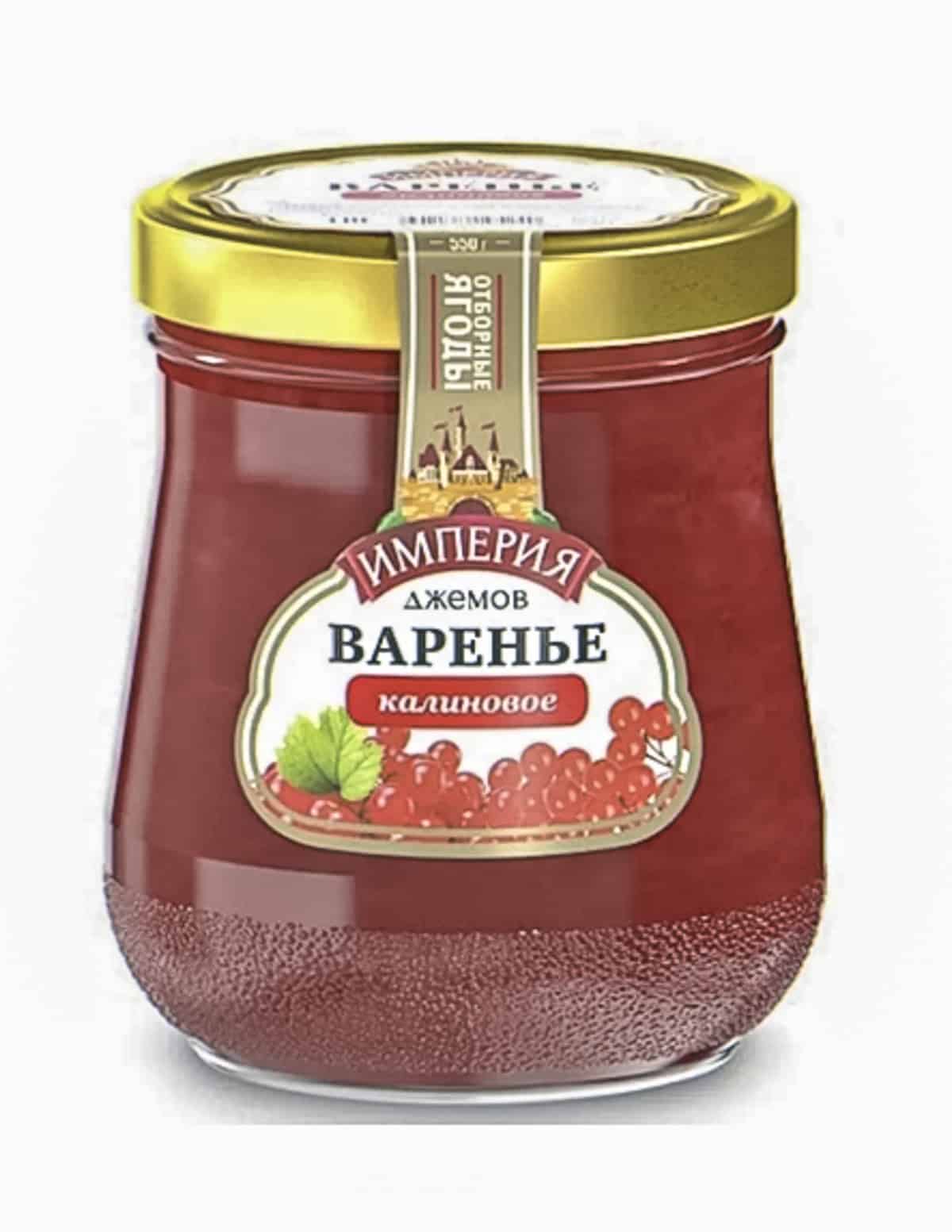
In Russia viburnums are known as Kalina (калина) and are used in drinks and fruit preserves. It's important to know that the species used in Europe is the Guelder Rose (Viburnum opulus) which has a bitter taste and aroma I can best describe as what a wet dog smells like. Personally, I don't know how they find it palatable, although harvesting the berries after a frost or two is supposed to help.
In Canada, there's also Viburnum edule, which has smaller clusters of fruit and also goes by the names squash berry and moose berry. It's said to have a nice flavor comparable to Viburnum trilobum, but I haven't had it yet.
In North America, Indigenous people's in the North also use the plant as food. Per usual, Daniel Moermon's Native American Food Plants has a decent list.
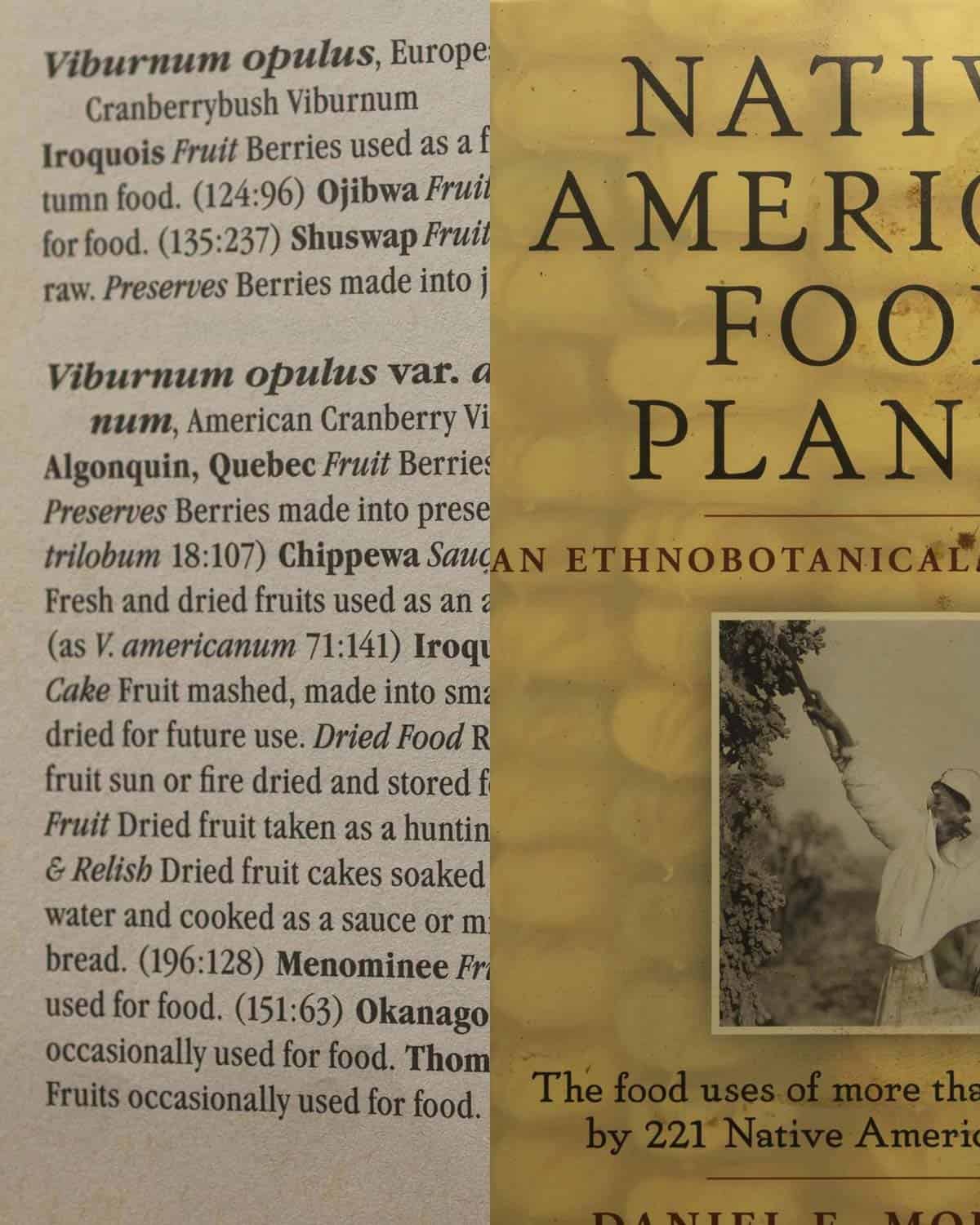
I was surprised to see that it included Guelder Rose in it's own section as any forager I know would toss them in the trash after tasting the native species. There also isn't any discussion of processing or removing the seeds, which make the juice noticeably bitter when cooked, no matter the species.
Growing Viburnums and Landscaping
Viburnums thrive in moist, well-drained woods, flood plains and the edges of woods, just like their cousin nannyberries and other fruit shrubs. These thrive on the North Shore in Minnesota and around the Great Lakes. I often find them near water. At my house I have them planted alongside my fence, and a friend of mine is planting a row of them as a native privacy hedge.
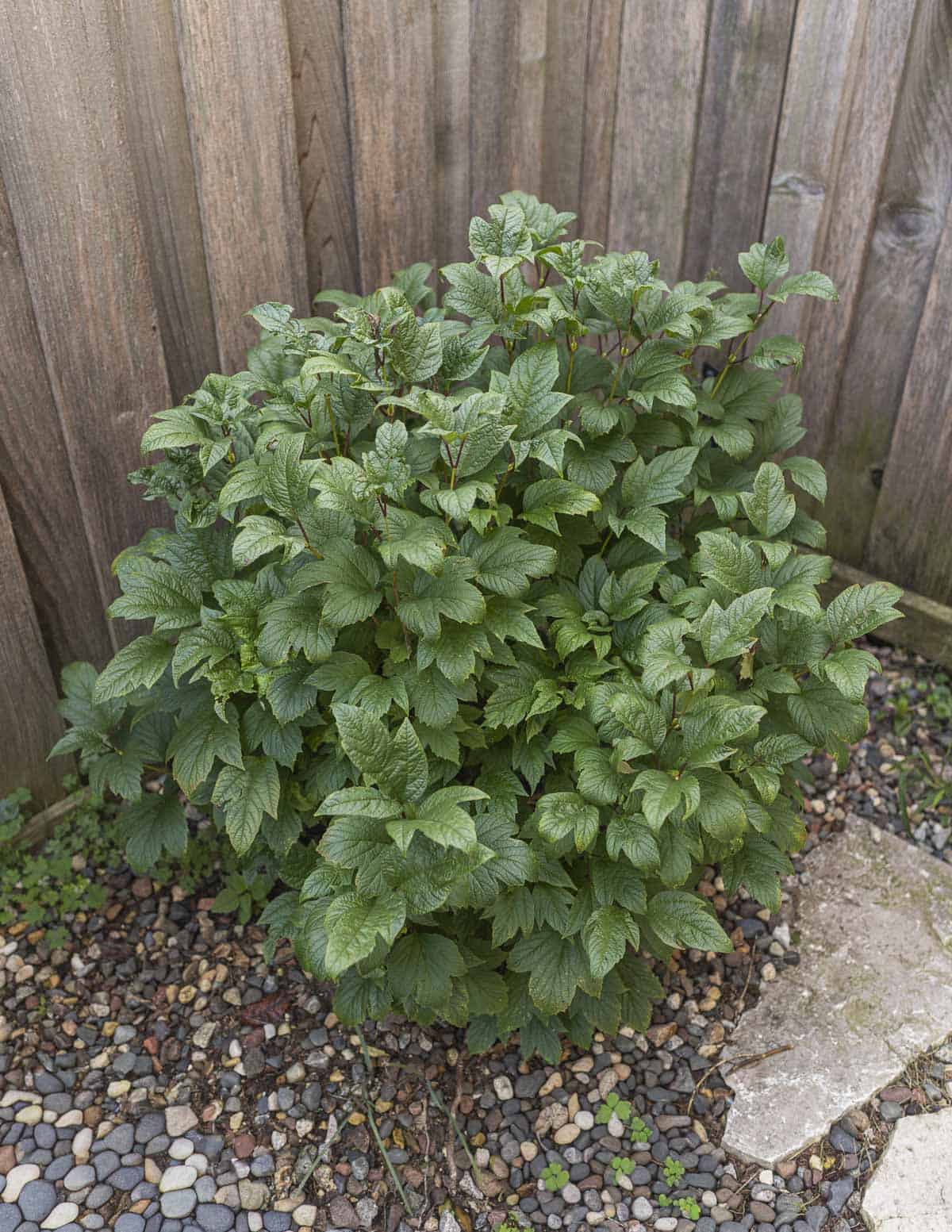
Viburnums are common where I live in Minnesota and often planted in landscaping as they grow quickly and produce attractive fruit and flowers in the spring. Unfortunately, the vast majority of highbush cranberries that are sold in the U.S. are the bitter Viburnum opulus, or Guelder Rose.
The confusion between the native and European species runs deep, and it's relatively well-known that nurseries regularly sell European plants labeled as V. trilobum, or V. opulus var americana. Even I planted one only to find out the stinky bitter truth later.
Reputedly, the DNR also has trouble separating the two species, and I know that Sam Thayer has been providing them with genetics of plants he grows for a few years.
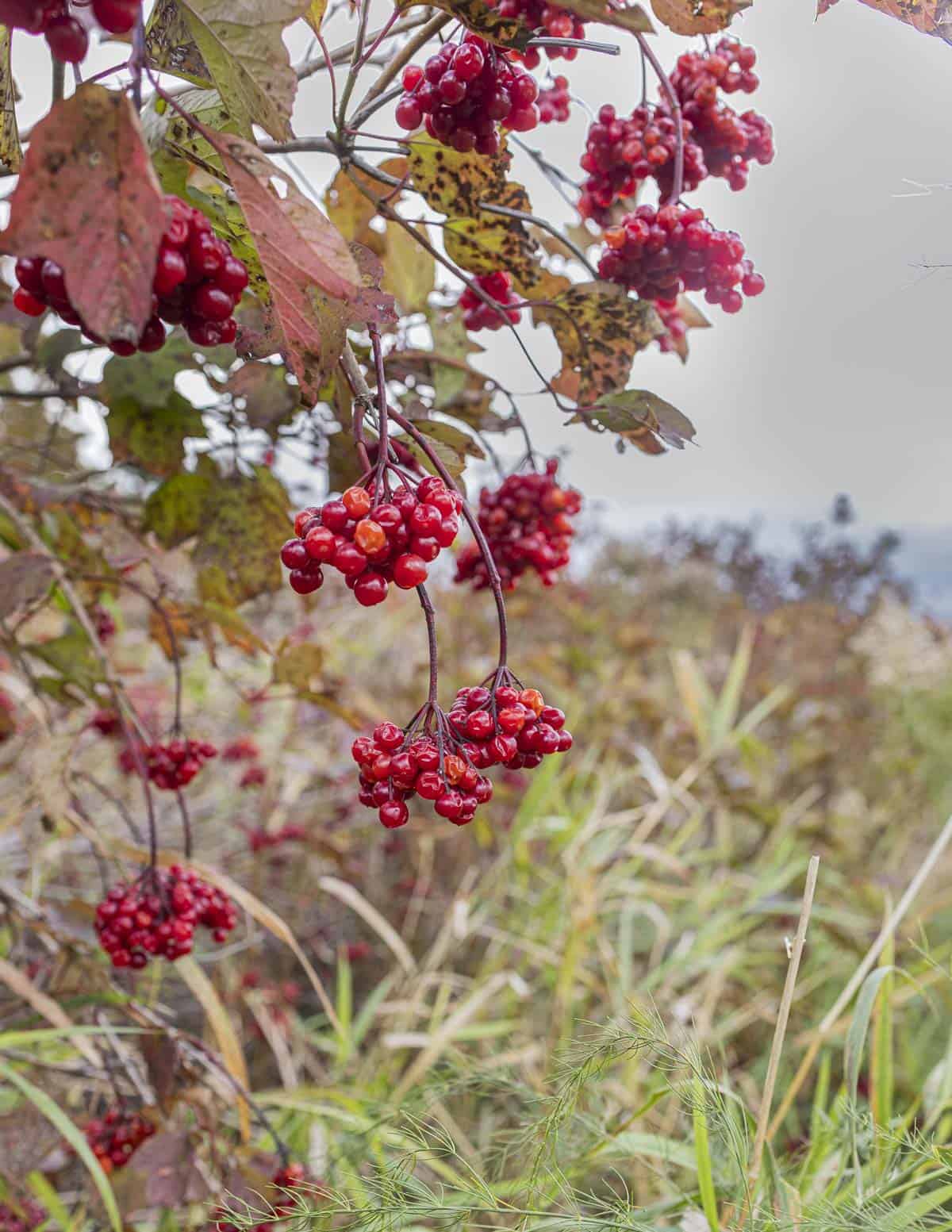
Sam also sells his native highbush cranberry plants in the fall sometimes and I've been lucky enough to get a few. To date I know he's named at least three cultivars, one that he spotted in a someone's yard while driving by, which he named after the landowner, Sharon.
Last week I spoke to Sam about how to increase the number of plants I have. I knew like elderberries and raspberries, highbush cranberries can be propagated through cuttings with root hormone.
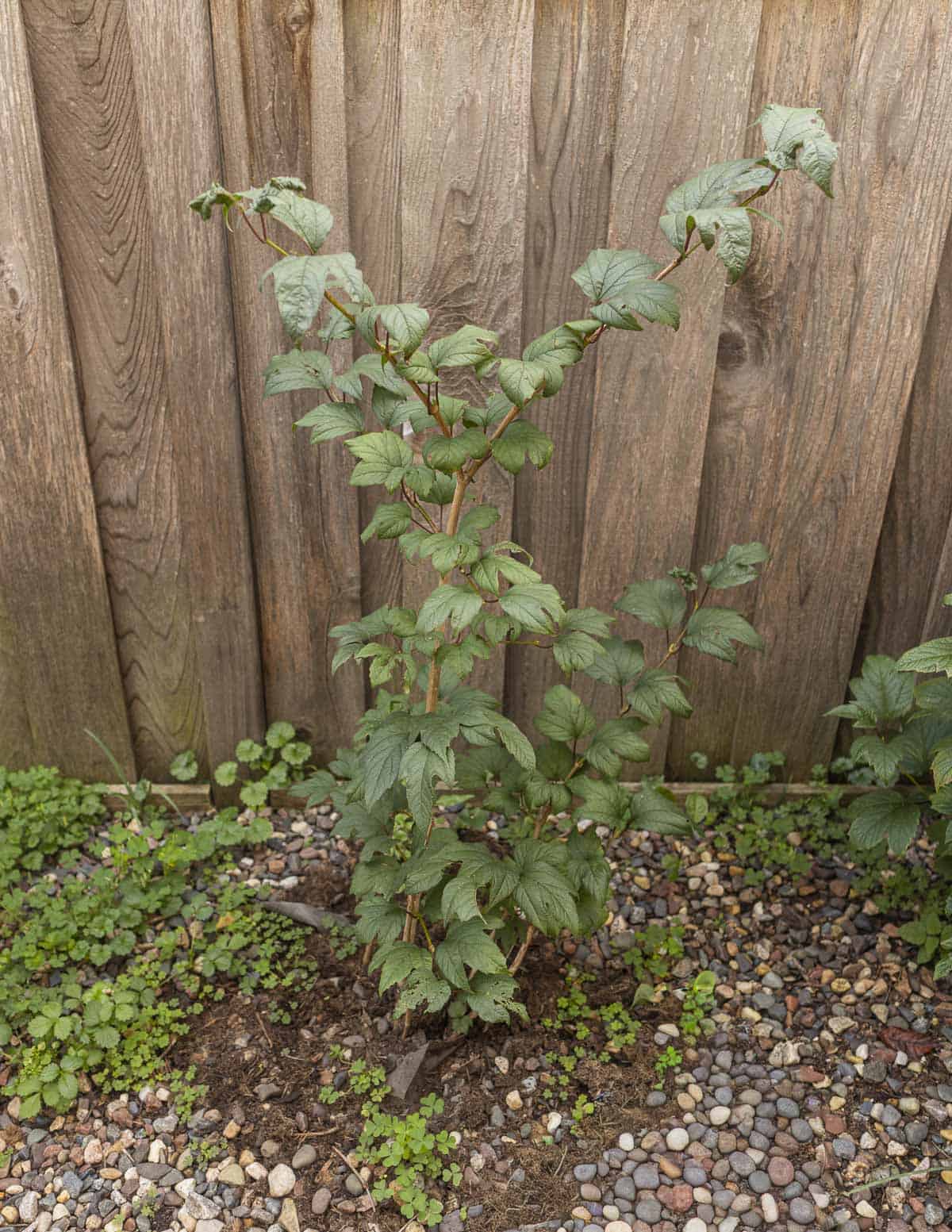
While cuttings could work, I'm more excited about Sam's suggestion to simply bend a pliable branch down to the dirt and put a rock on it. The plant spreads by seed as well as layering, meaning pliable branches that touch the ground will eventually develop roots, creating a clone of the plant.

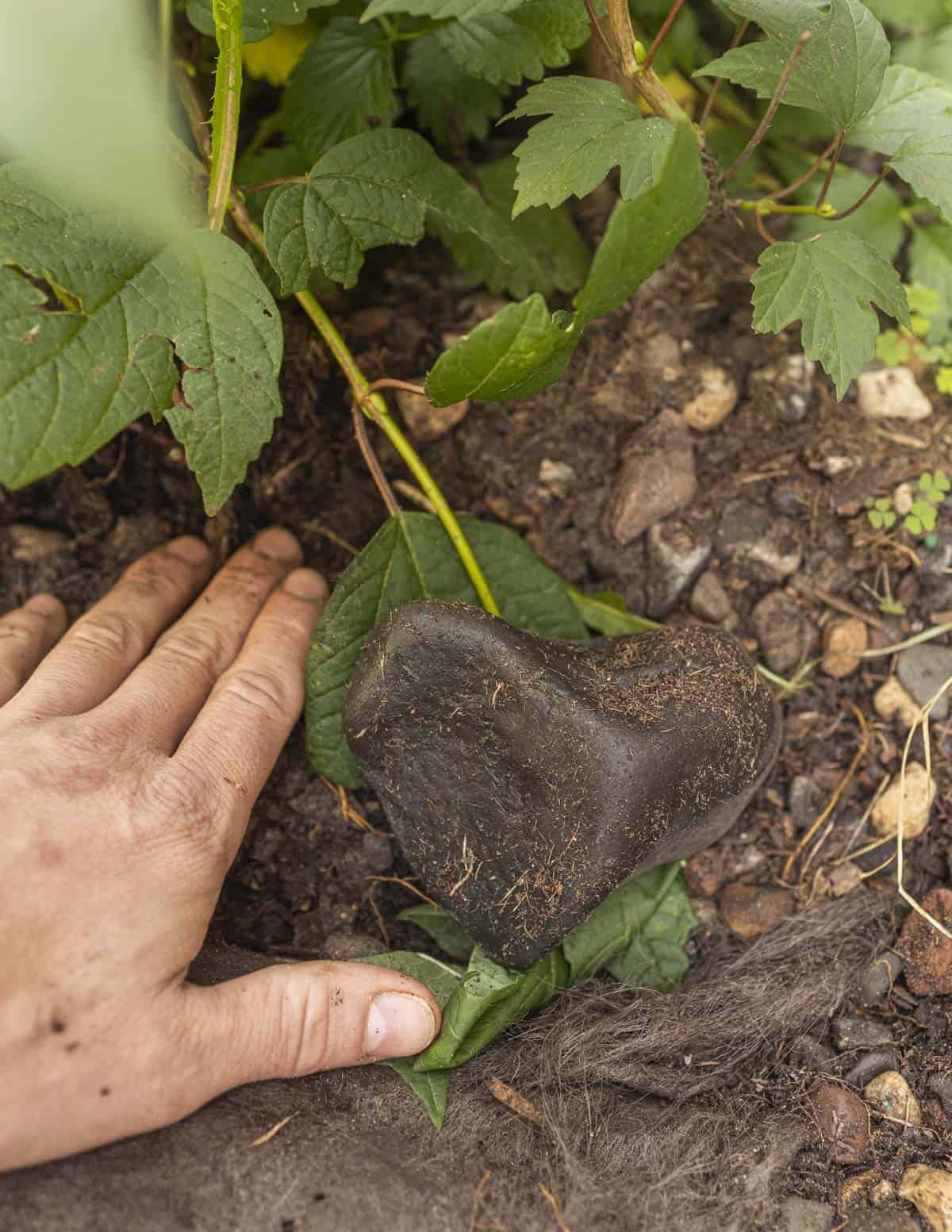
Identification
These are fruit shrubs with distinct, palmate leaves made up of three lobes. In full sun and good conditions they'll be taller than an adult male, but are often kept short if they're in landscaping.
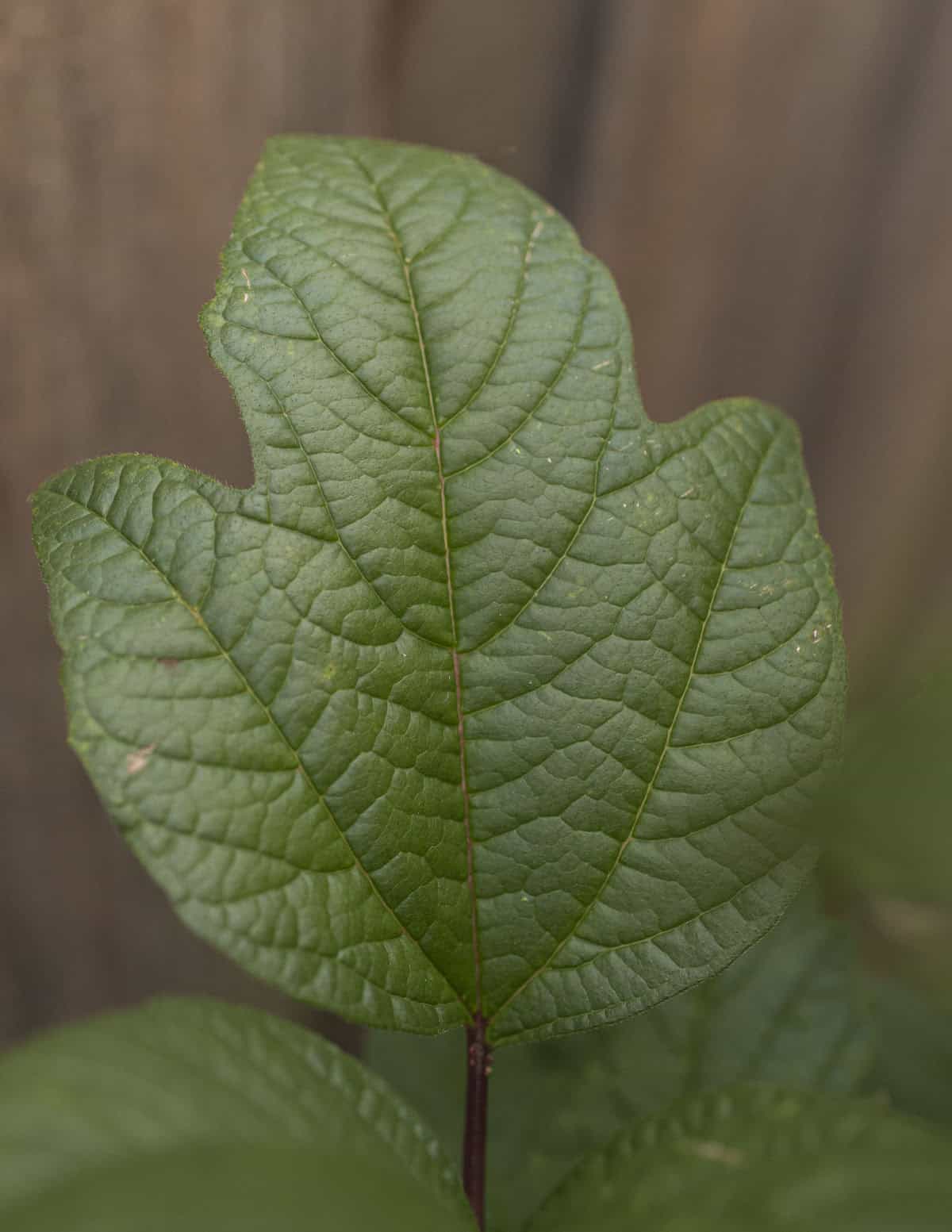
In spring clusters of five-petaled white flowers appear in the early summer. Usually early June in Minnesota.
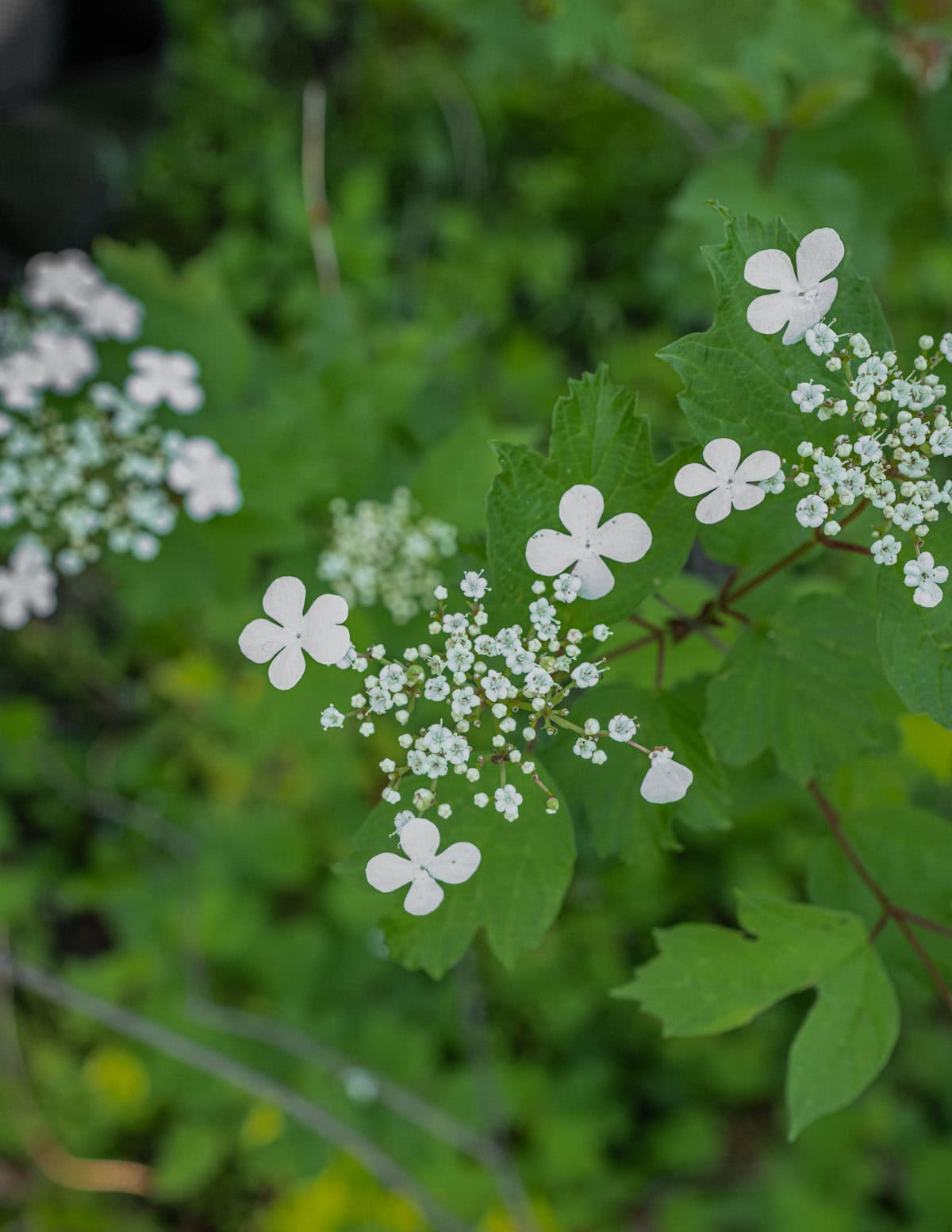
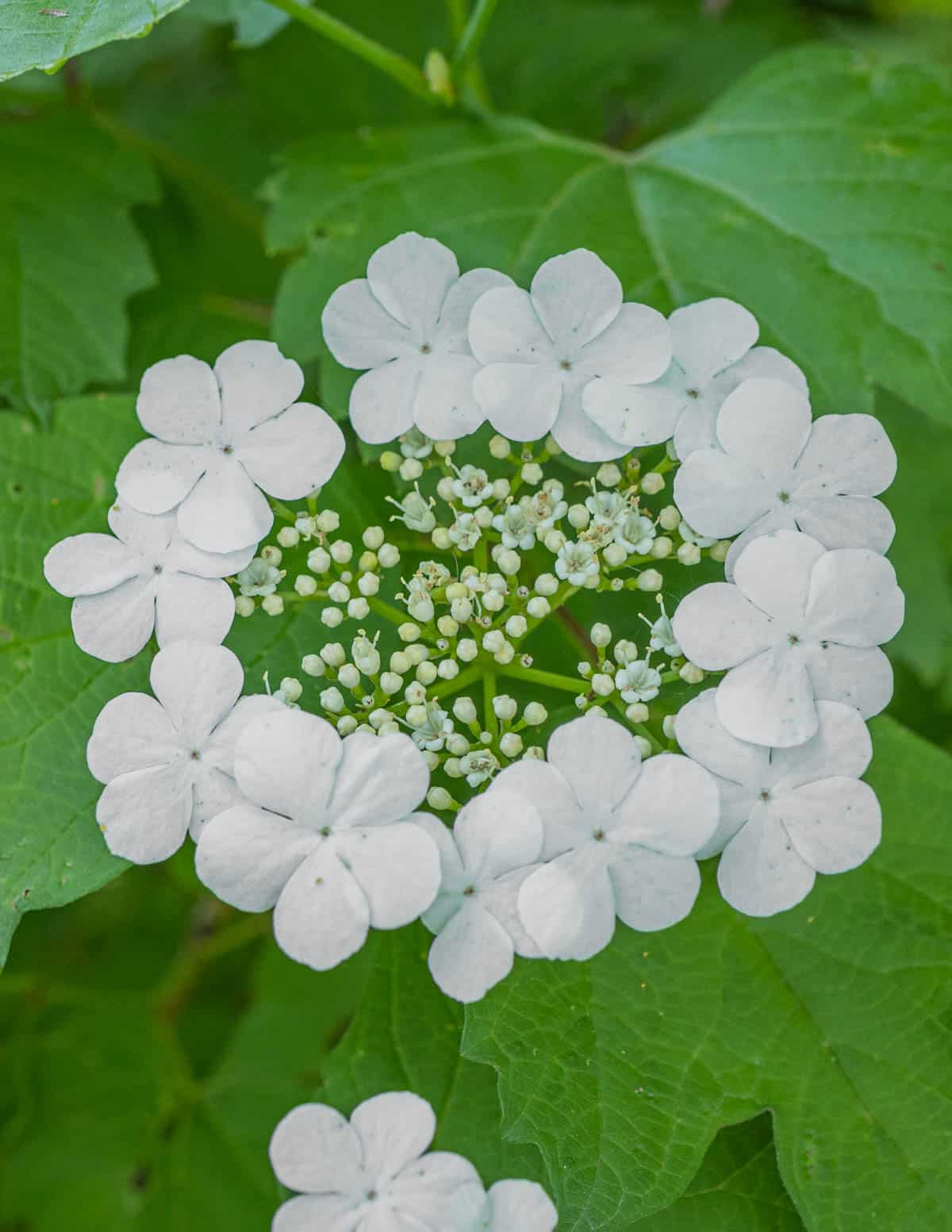
The fruit is an ovoid or slightly elliptical berry that begins as clusters of bright green fruit, slowly changing to bright red over time, ripening in late summer and staying ripe on the plants into fall.

When the berries are ripe they'll be plump and juicy. Although they're eaten by birds, they often last late into the winter, especially the European species-even the birds don't like them.
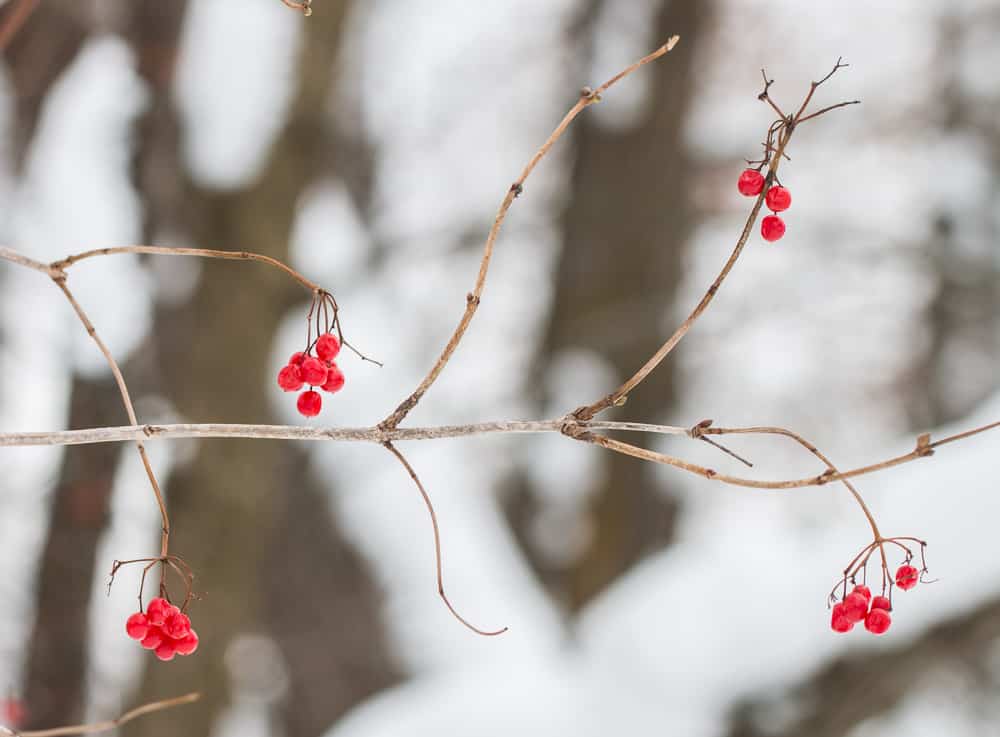
Just like their cousin the nannyberry, each fruit contains a large, flat seed.
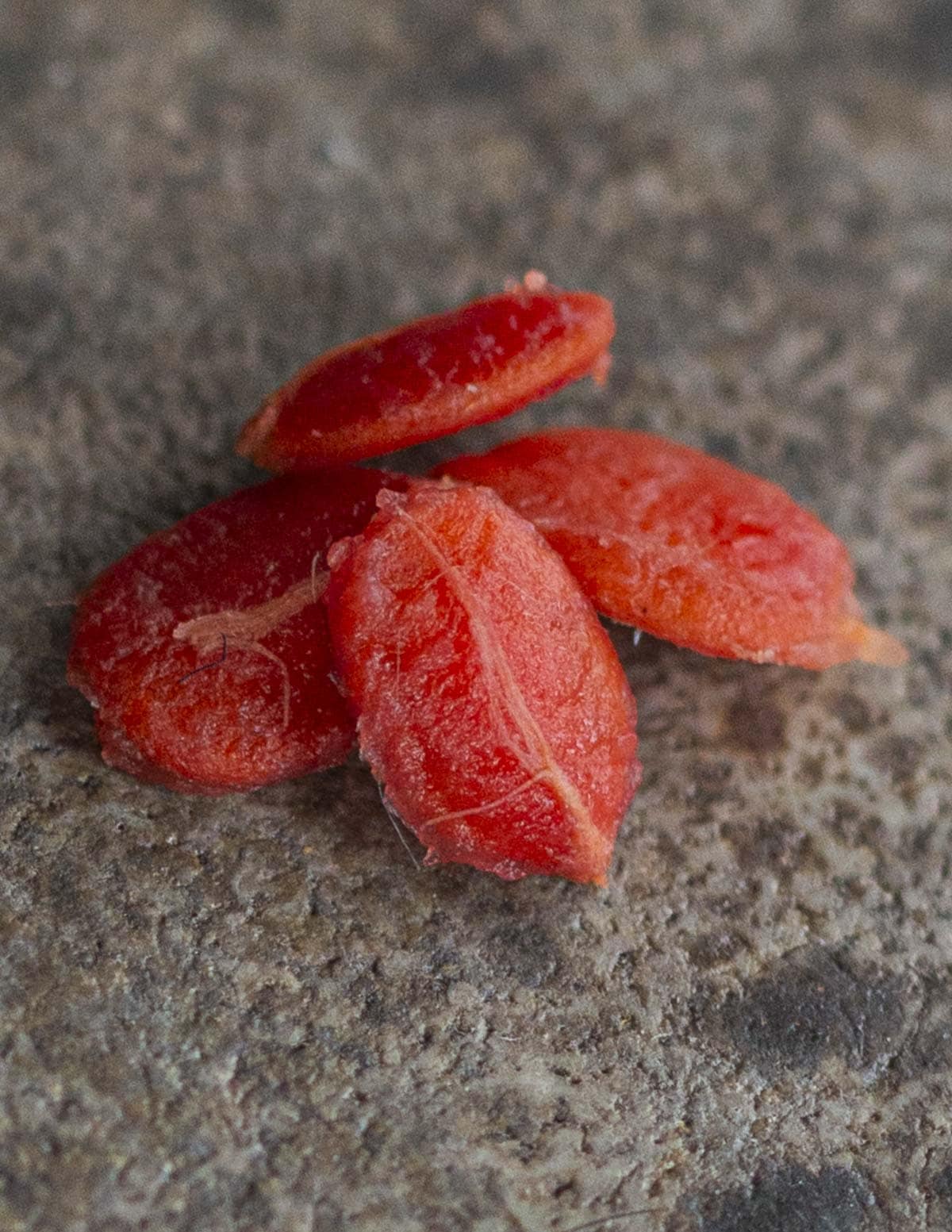
Guelder Rose vs Native Highbush Cranberry
The big question is how to separate the good-tasting, native species from the stinky, wet dog-esque European ones. There's a few ways to do this depending on if the plant has ripe fruit or not.

If the fruit isn't ripe, you can inspect the glands on the leaf. I can't put it more succinctly than Sam, so here's a quote from his new field guide:
"The keyable difference is that the glands on the petiole of V. opulus are broader than tall and concave, while those of V. trilobum are taller than broad and not concave."
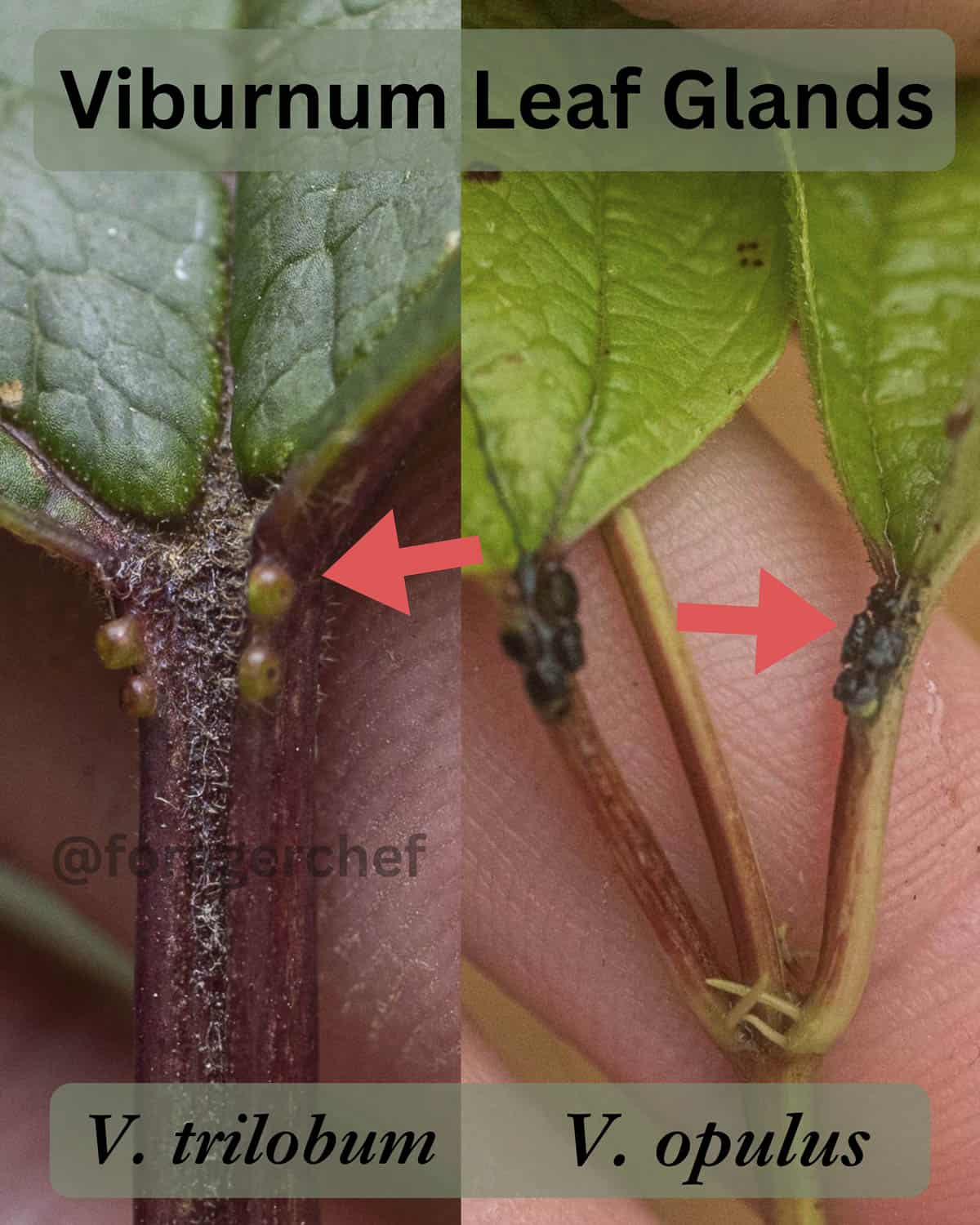
Personally, I have difficulty picking out the differences by inspecting the leaf glands. Typically, I just taste the fruit and go by my instinct. If it tastes bitter, I avoid harvesting it. If the fruit is pleasantly tart and sour, it's good.
Another thing to keep in mind is the natural range of the plant. Highbush cranberries are a northern fruit, and while the range covers most of Wisconsin, it only covers about the northern ⅓ of Minnesota, so any fruit below that may be suspect, although I do have a nice patch near Hastings, south of the Twin Cities.
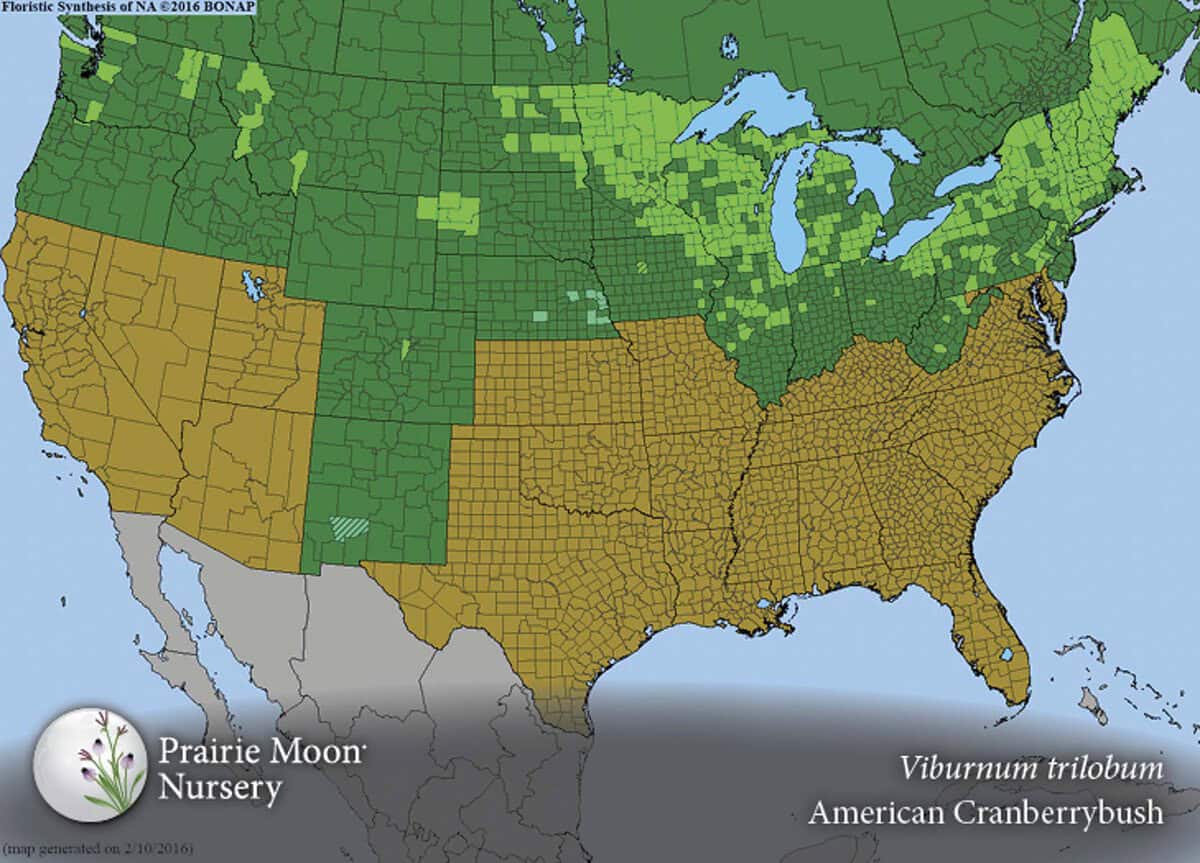
How to Make Highbush Cranberry Juice or Coulis
The cookable product you get from the fruit is highbush cranberry juice, a deliciously sour, bright red nectar that can be used anywhere you'd use cranberries. I'll describe two different ways to extract it. It's important to know that cooking the fruit while they contain seeds will produce a bitter juice and will ruin it, in my opinion.
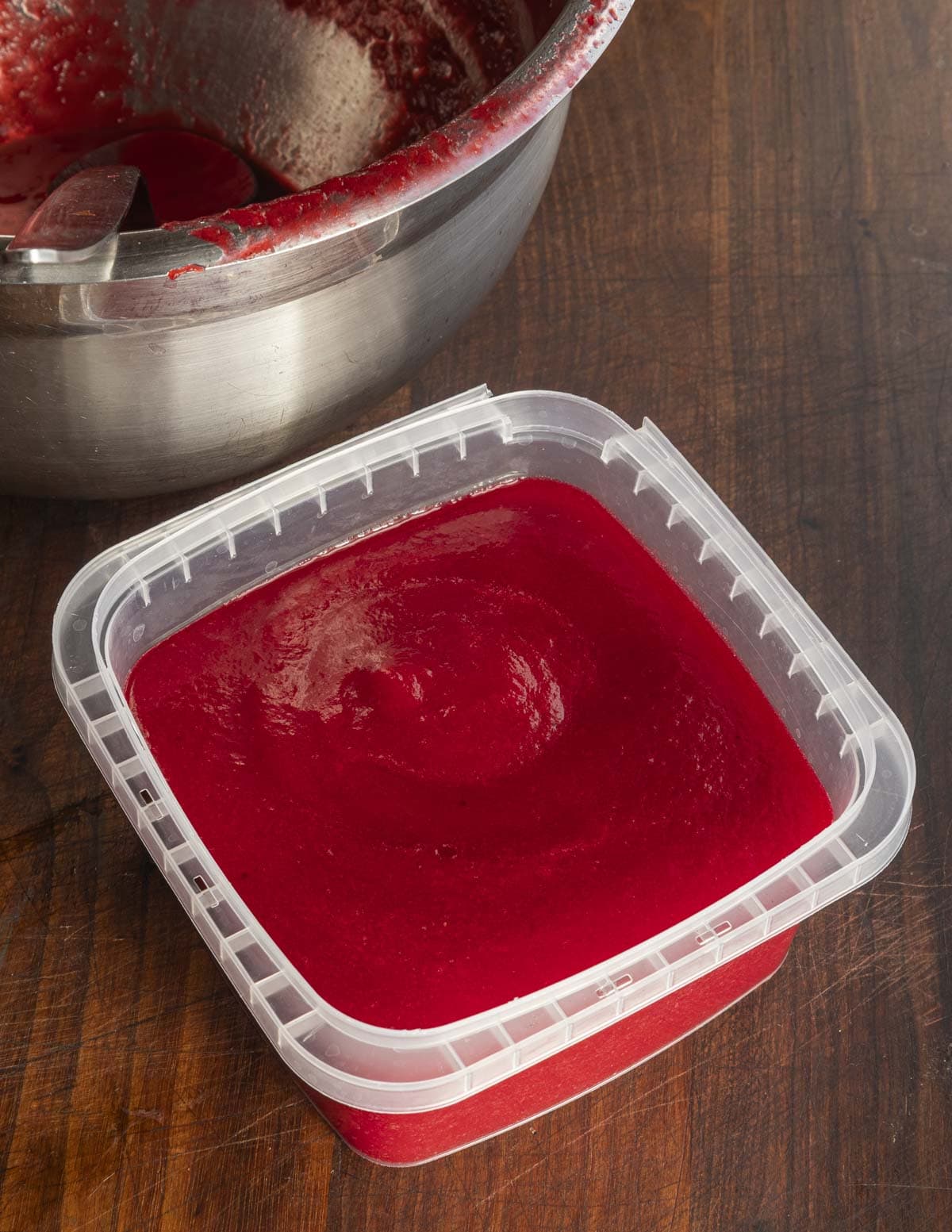
First, harvest the fruit. I typically clip off the entire clusters of fruit as you would grapes. I will remove them from the racemes to make the coulis outlined below, or leave them on the racemes if I have, say, over 10 lbs to process.
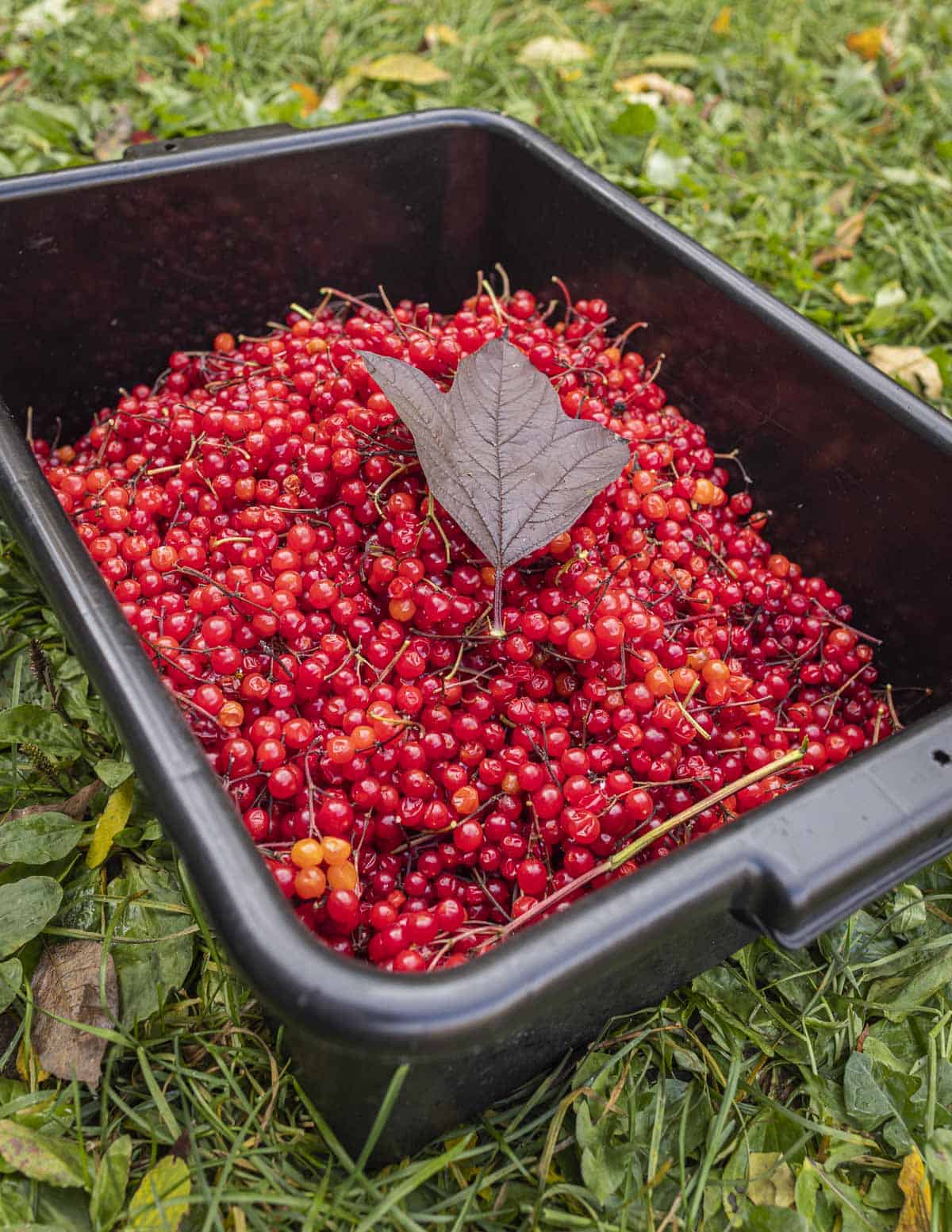
Also, ideally you'll have plump, juicy berries. Dried or shriveled fruit will work too, but you'll need to add more water while processing.
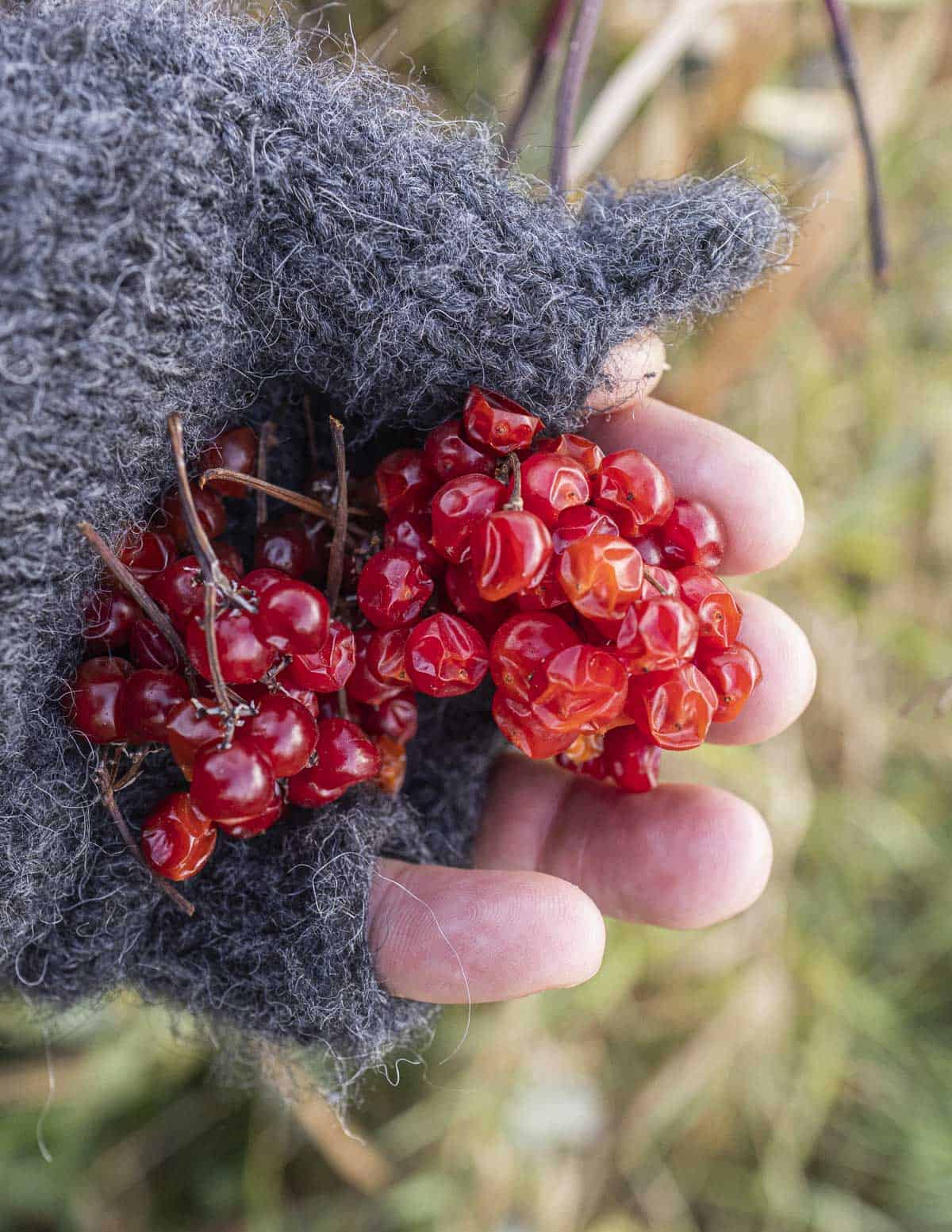
Method 1: Mash and Strain
The way Sam showed me to process the fruit is exactly the same as how I process grapes. It's good for mass production if you have a lot of fruit since using the mash method you don't need to remove the individual fruit from the racemes / stems.
Put the fruit in a five gallon buck and mash them with a splash of water to get things moving. After the fruit is sufficiently mashed, pass it through a food mill or a China cap strainer with a pestle. A tomato strainer like a Squeez-O works too.
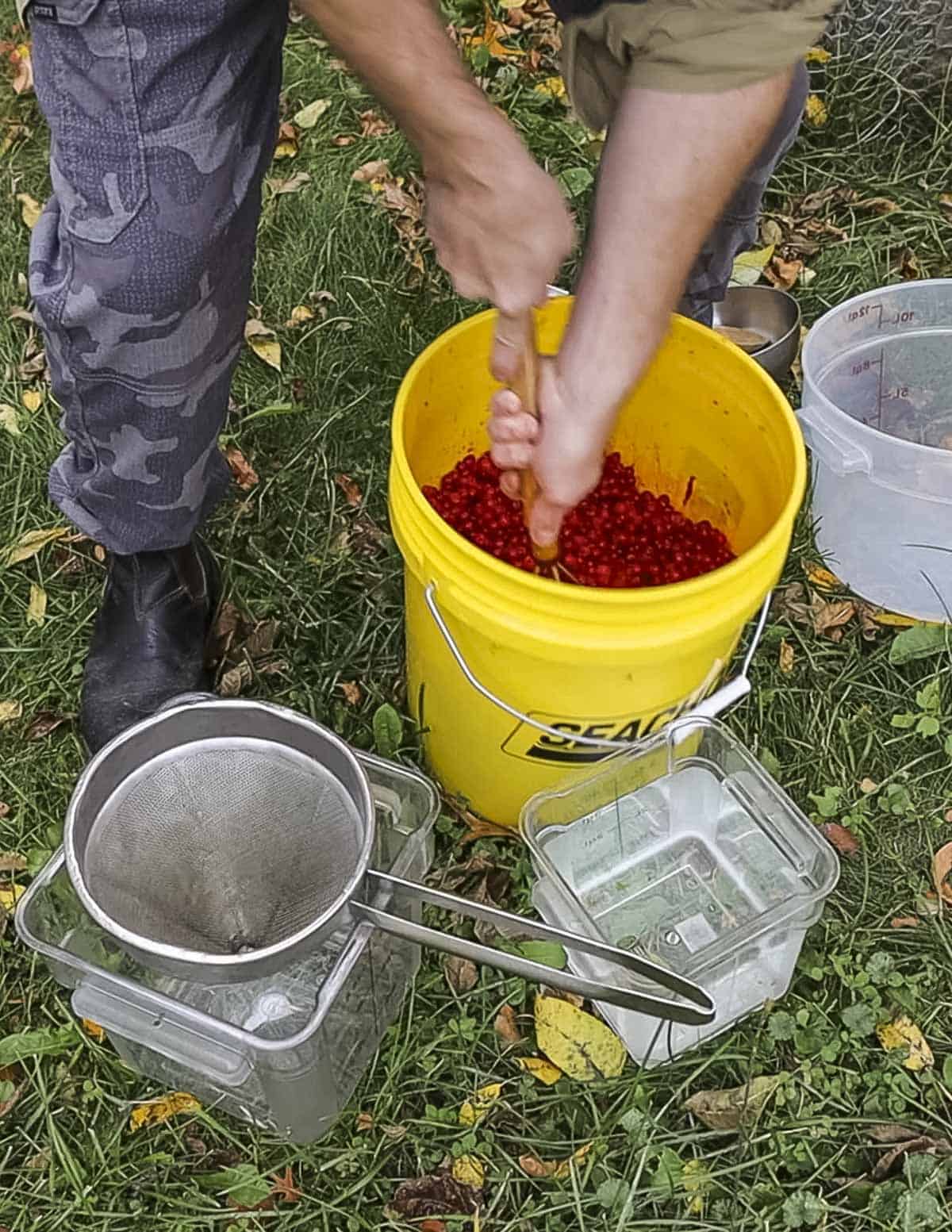
Once the fruit is pressed through the strainer, I find that I can get a decent second wash by adding a little extra water, mixing well and repeating the process. It's optional.
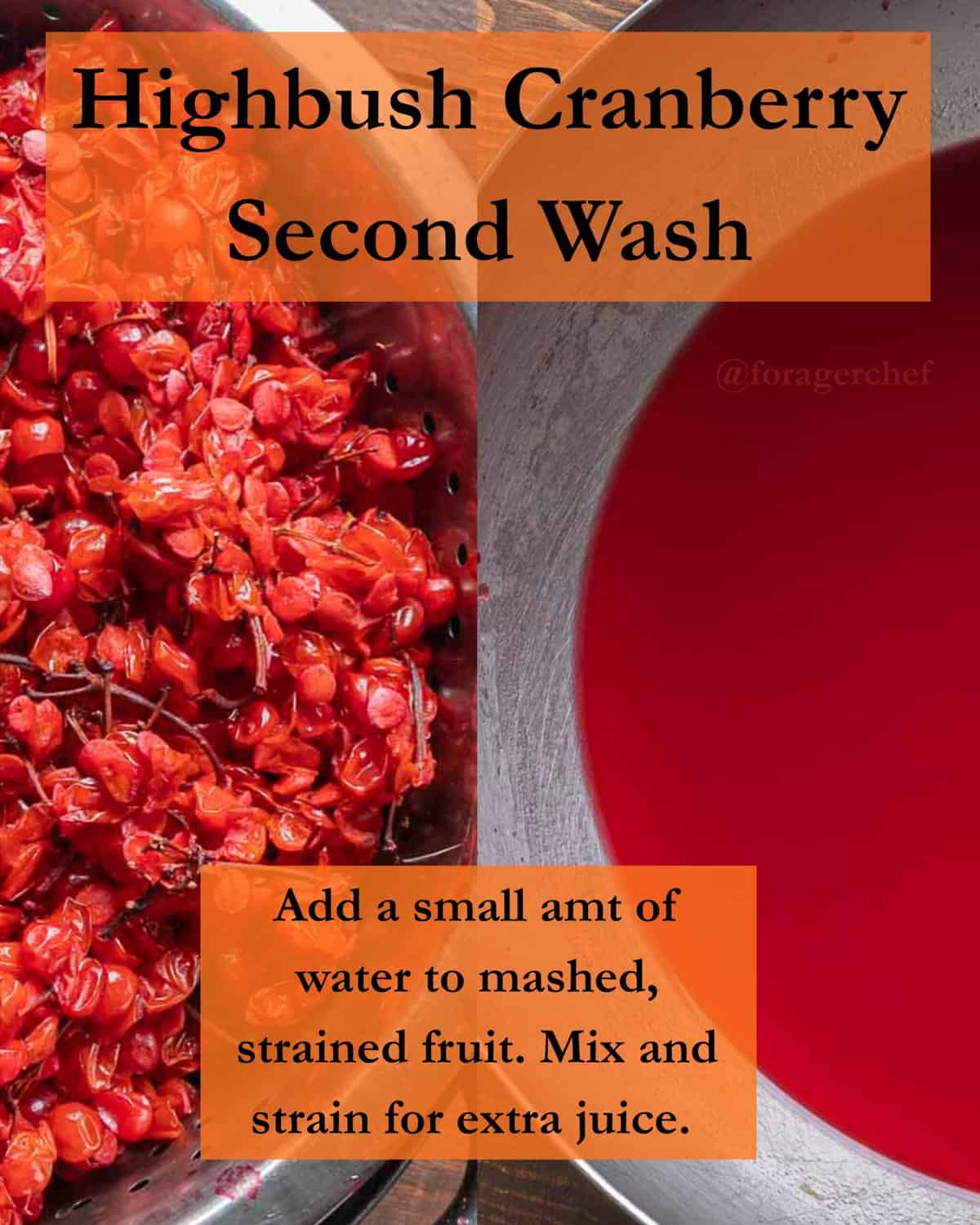
Method 2: Puree and Strain
This is the method I developed after noticing that a lot of the seeds still have flesh clinging to them. This method is better for small batches and people just starting to work with the fruit as It produces a "juice" that's so thick It's better described as a coulis (thick puree of fruit in French).
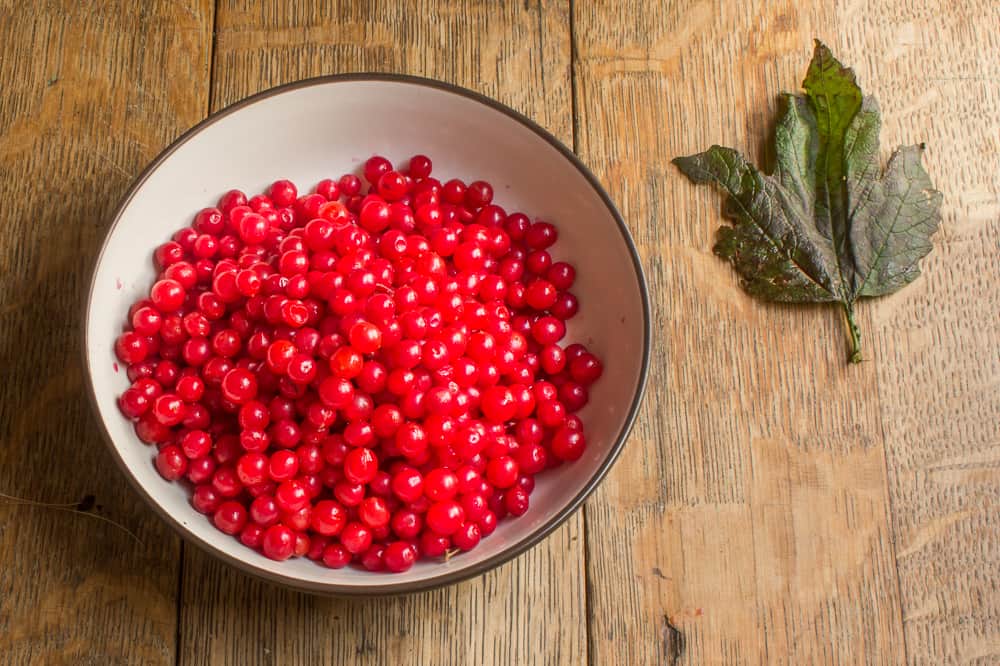
To make the thick puree, remove the fruit from the racemes and put them in a food processor, drizzling in a splash of water-just enough to get the blades moving. The genius part here is that a food processor is strong and will remove more of the flesh from the seeds and skins, but lacks the horsepower of something like a Vitamix which would pulverize the seeds.
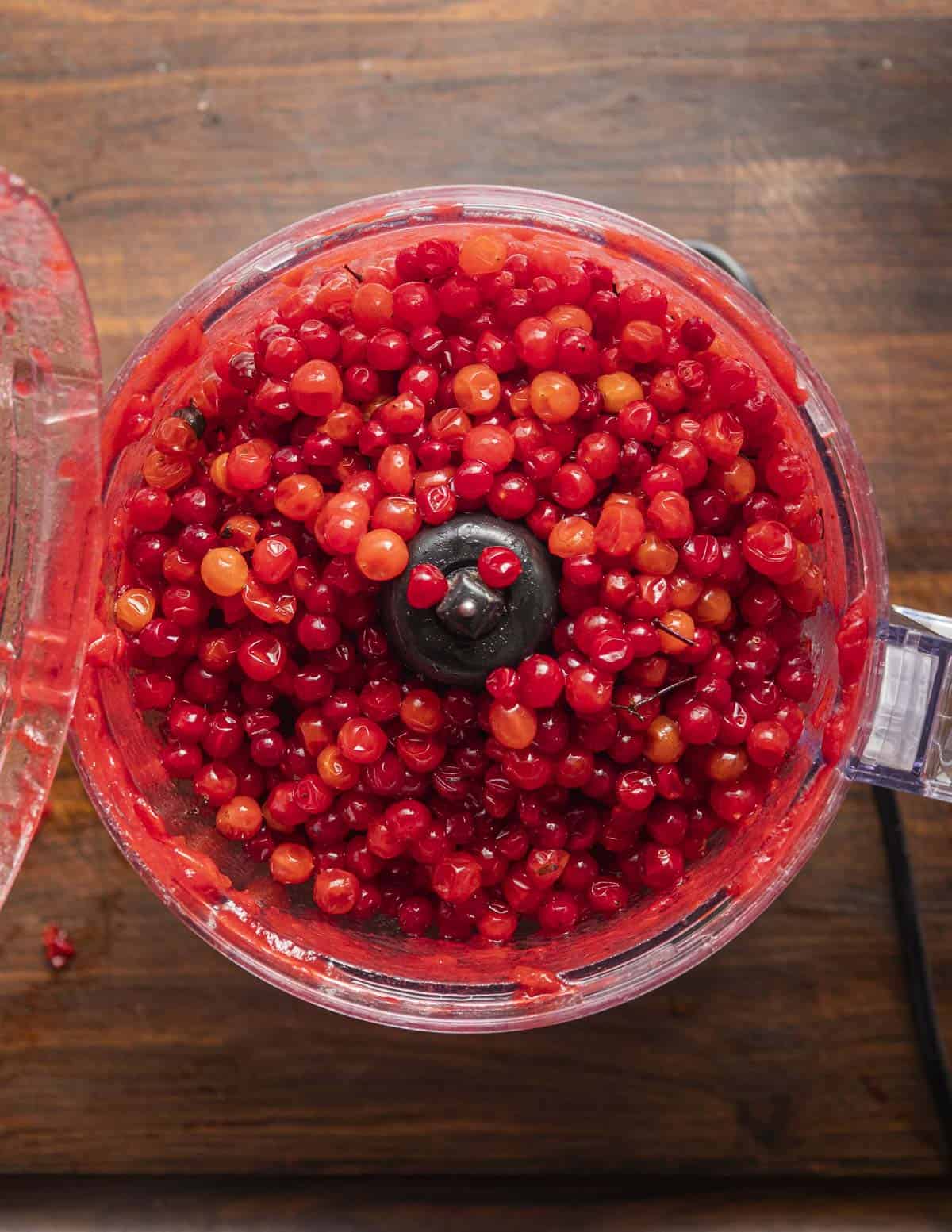

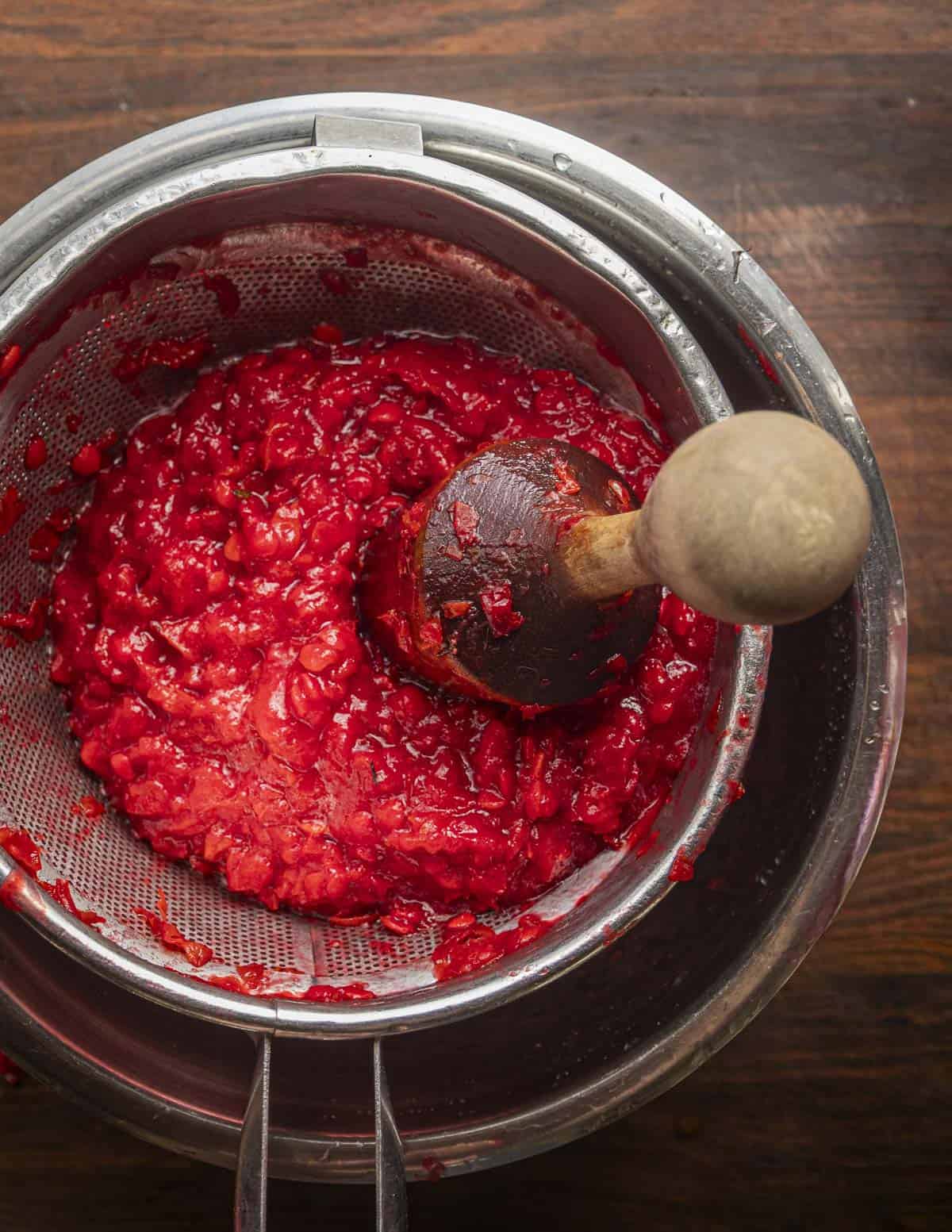
After processing, the fruit puree or juice stores like a dream. Kept in the fridge it will keep for weeks without fermenting, although after a couple months it might begin to mold. Stored in the freezer it will last for years, and that's my first choice.

General Cooking and Recipes
You can do just about anything with the deliciously tart juice, and unlike many other fruit, it doesn't need sugar to shine. Anywhere the tart flavor of cranberry would be welcome, you can use highbush cranberries.
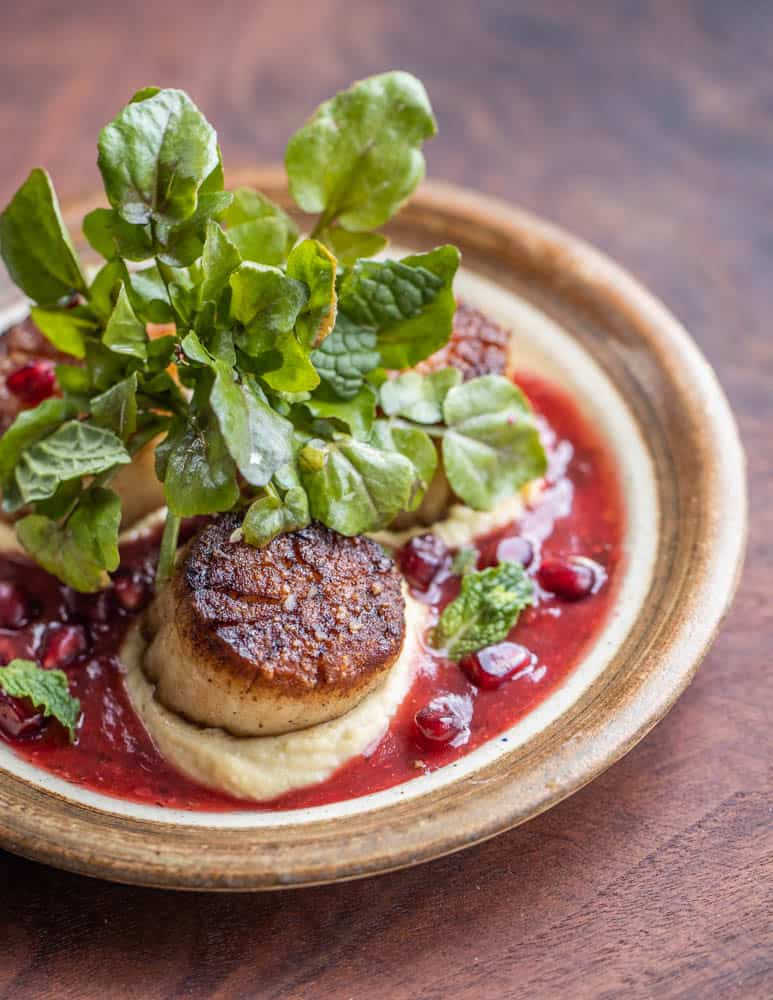
It would be remiss of me not to mention that you'll notice a bit of funk in the air as the juice simmers-a suggestion of their relation to Guelder Rose. Thankfully the funky aroma is much tamer and adds interest, rather than reminding me of what a wet dog would taste like.
Even so, back when I only knew of Guelder Ros (to the chagrin of my pastry chef) I served cranberry bush jelly with blue cheese and guests raved about the funk. The chef coat probably had something to do with that.
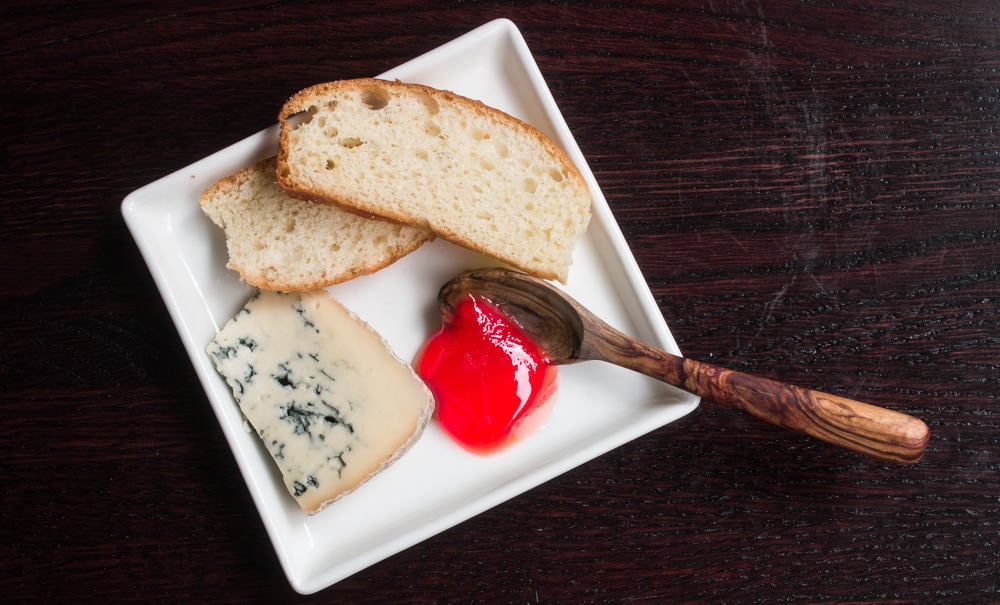
Here's a list of a few things I've made with the fruit over the years.
Simple Highbush Cranberry Sauce
The first thing you should make, and still my favorite recipe. Reduce ⅓ cup of maple syrup in a pot until it boils and threatens to creep up the sides. Add 2.5 or so cups of thick highbush cranberry juice/puree, lower the heat and simmer until thickened. Season it with a pinch of salt and slather it on everything from pork chops to ice cream.
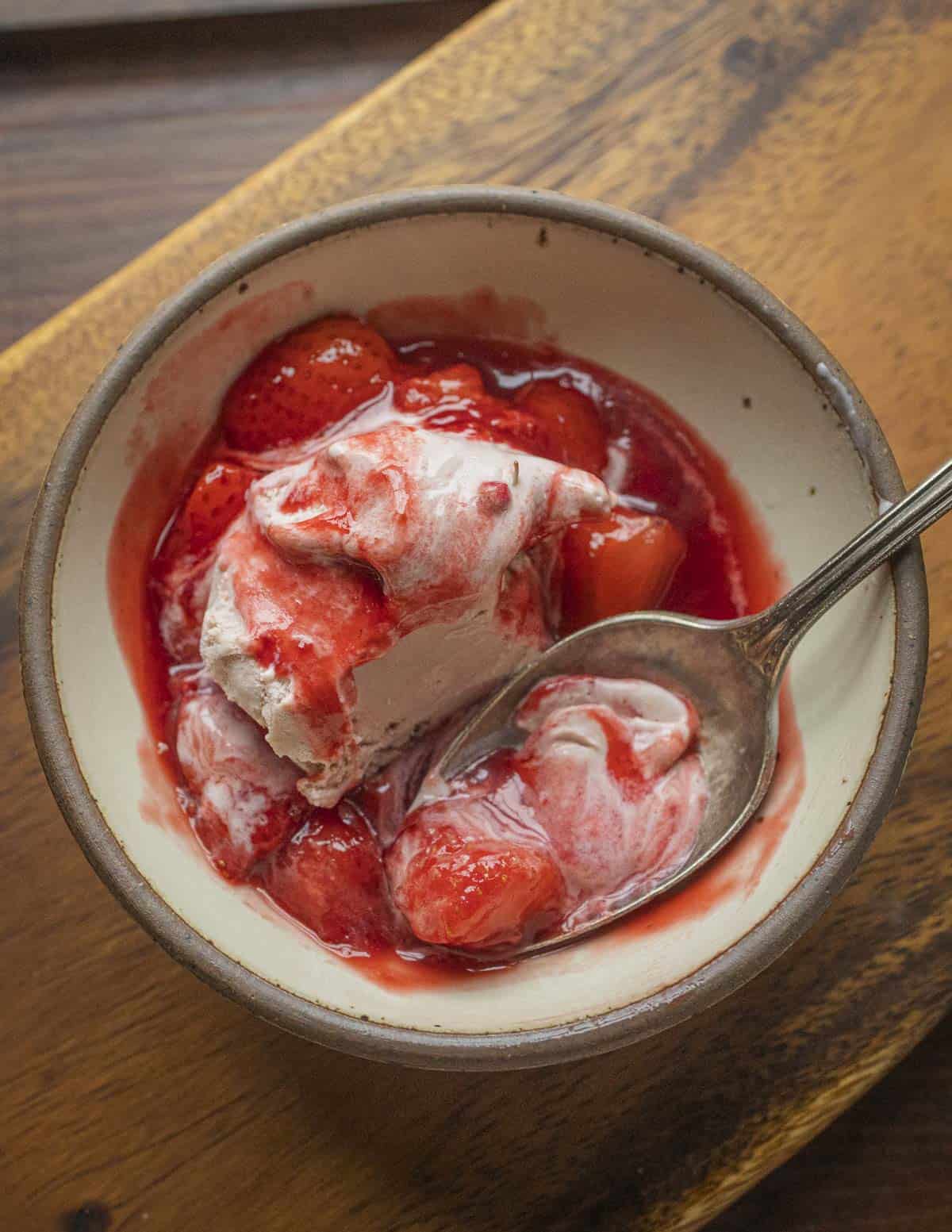
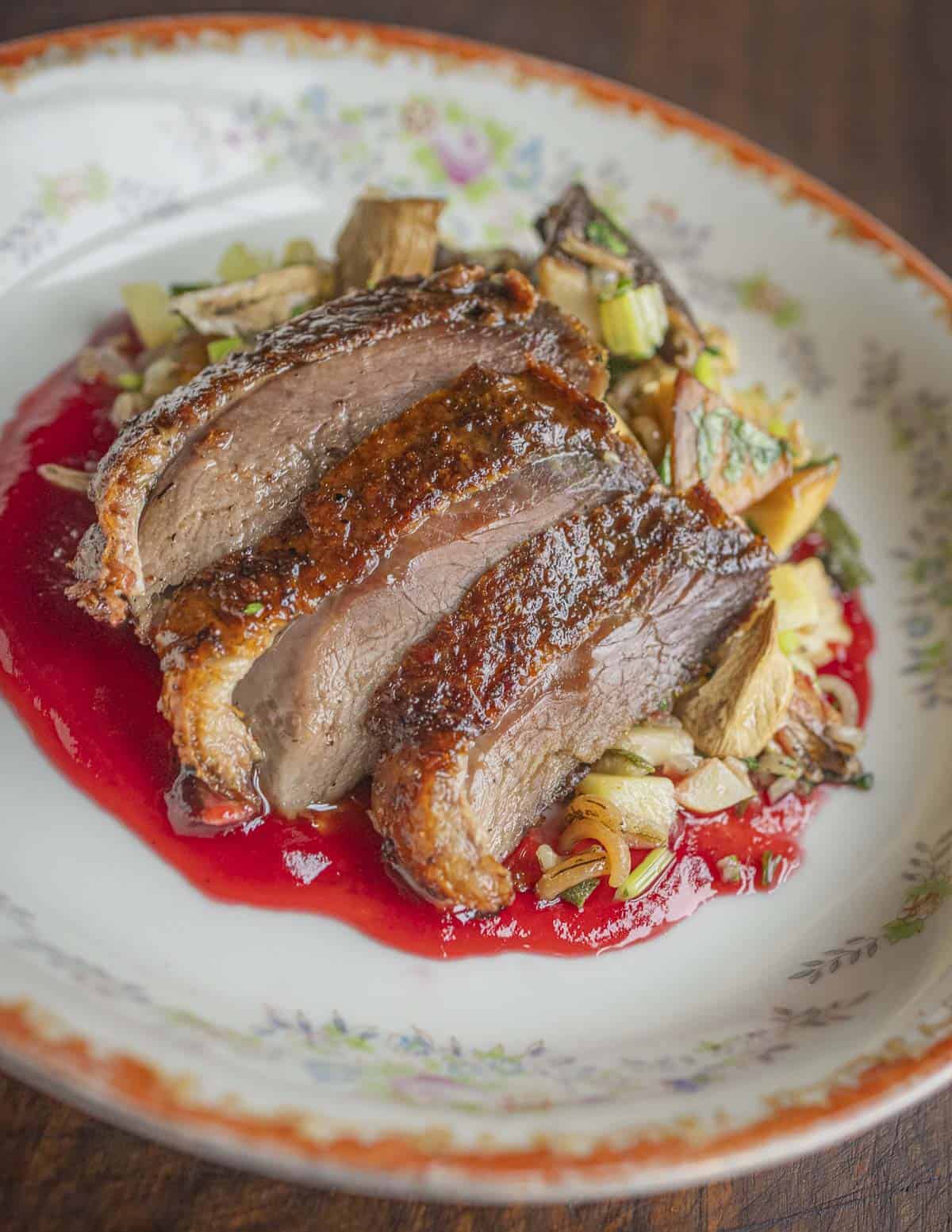
If you want to make a mock cranberry sauce (it's better than the real thing) just add a pinch of spices as I outline in my recipe. I've made this the past few Easter's and my brother in law always begs the rest of the jar off me.

Highbush Cranberry Jelly
While it takes a little more skill than fruits with natural pectin, the juice makes a great jelly with an attractive color. The naturally tart flavor helps to balance the sugar and it's a special treat for breakfast spread on buttered toast.
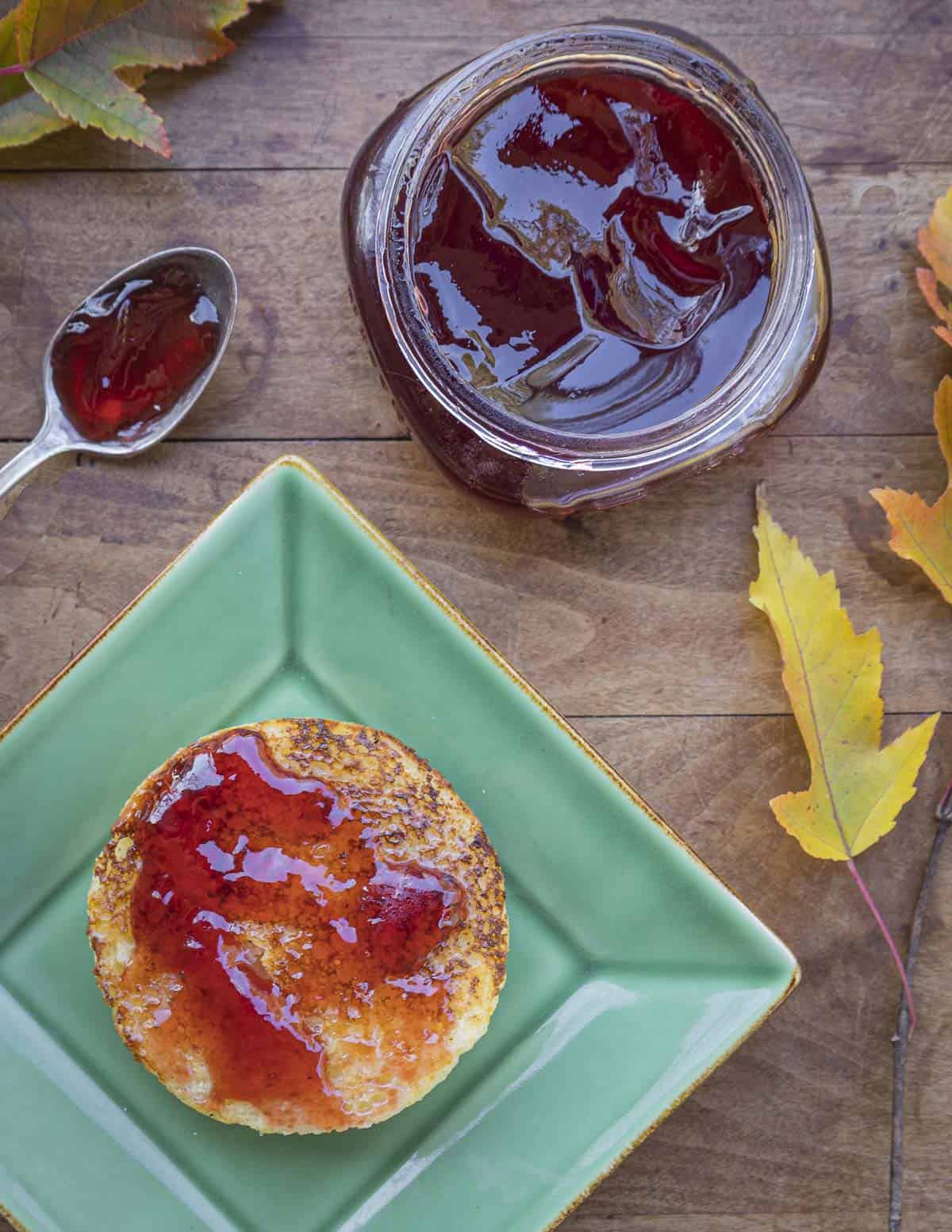
If you like spicy food, you can add a chopped habanero pepper to a batch and it's wonderful on a cheese plate. See the recipe for highbush cranberry jelly here.
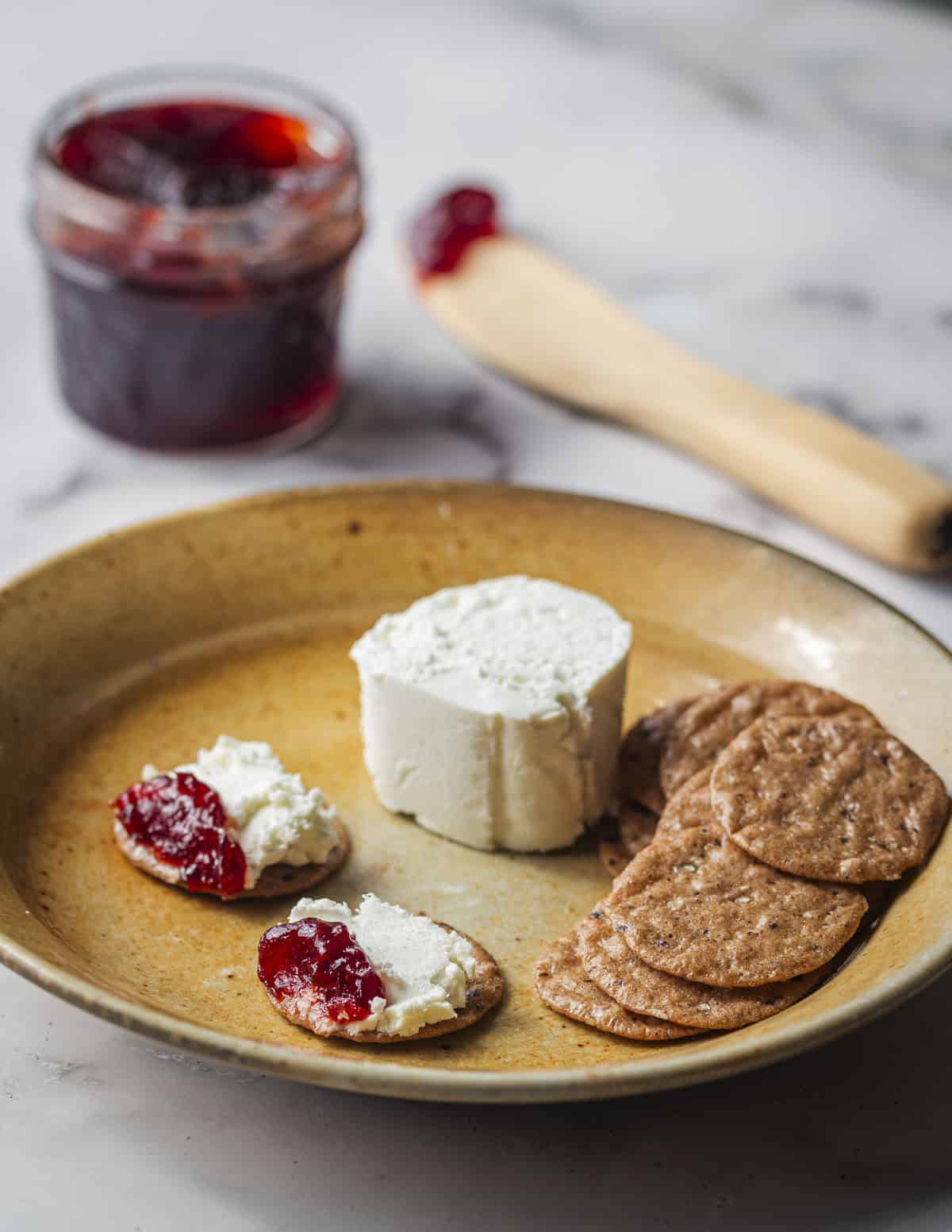
Kalina Liqour
Probably the easiest thing to make, you can craft a simple liqueur from the fruit by filling a quart jar with ripe berries and covering them with brandy or vodka, vodka being more traditional. I have a recipe for it here. Interestingly it's not bitter as the seeds aren't heated.
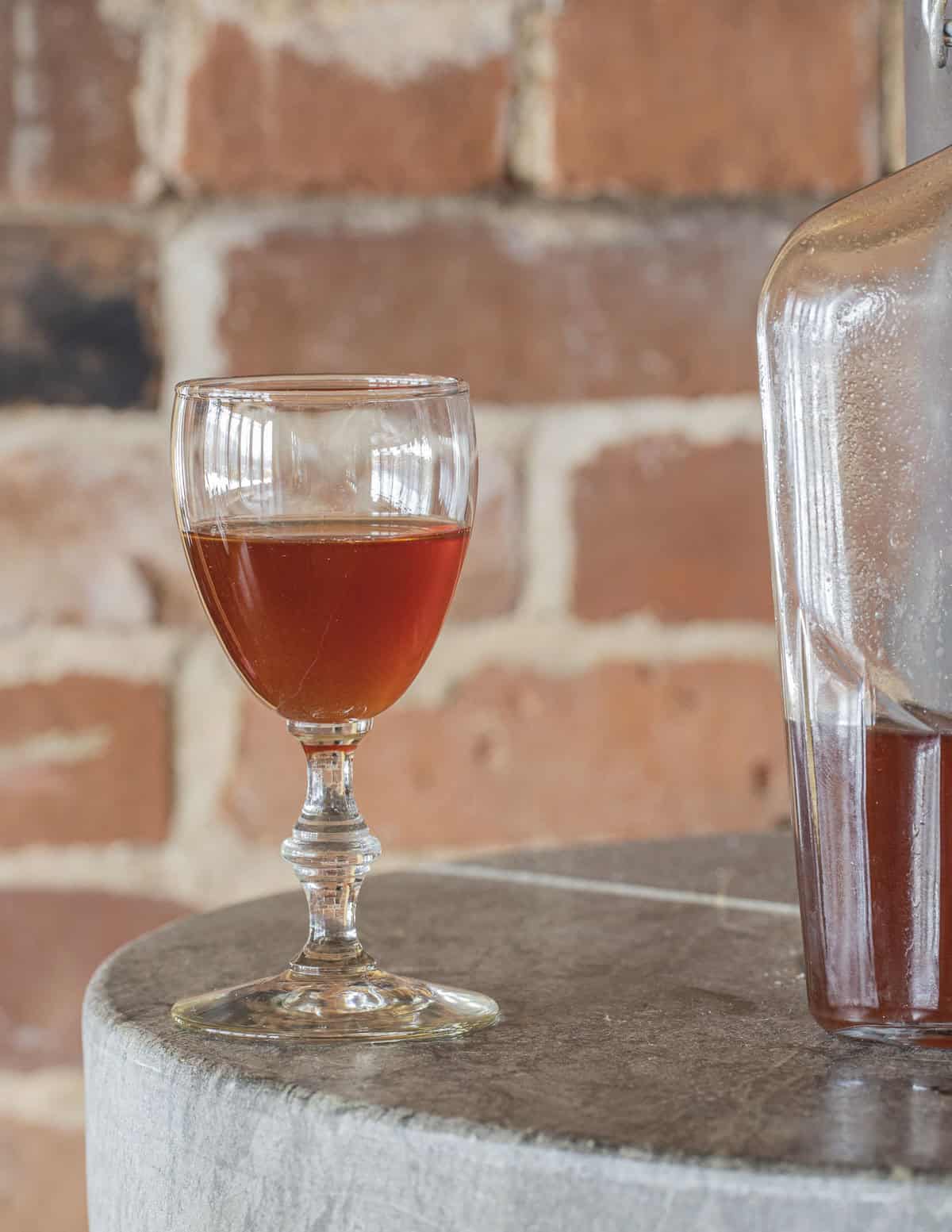
Inspired by a Ukrainian version I had, I worked with Ida Graves Distillery to produce a line of a few thousand bottles of Minnesota High Bush Cranberry Liquor. The flavor was good, but distribution to different states was a big hurdle.
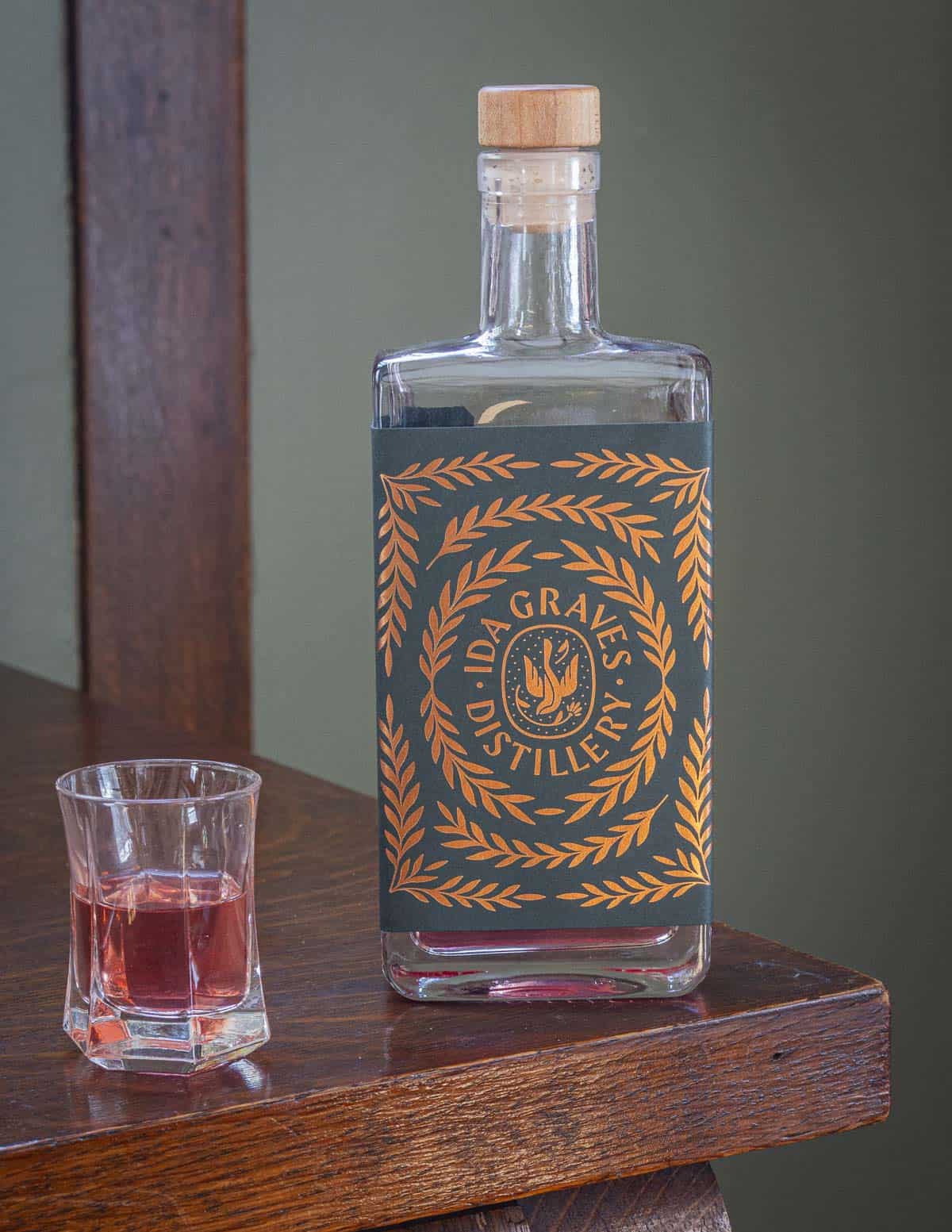
Tkemali Sauce
A sour, spicy sauce flecked with herbs inspired by the sour plum sauce of Georgia and the Caucuses. It's the best rendition of Tkemali sauce I've made to date.

Sweet and Sour Sauce
The fruit naturally makes a delicious sweet and sour sauce for serving with fried egg rolls, or just about anything you like. To make it, mix ½ cup strong highbush cranberry juice with ¼ cup honey, ¼ cup rice wine vinegar, ¼ teaspoon fish sauce, and a pinch of cayenne with 1 tablespoon cornstarch diluted in 2 tablespoons water. Simmer gently until thickened and store in the fridge.
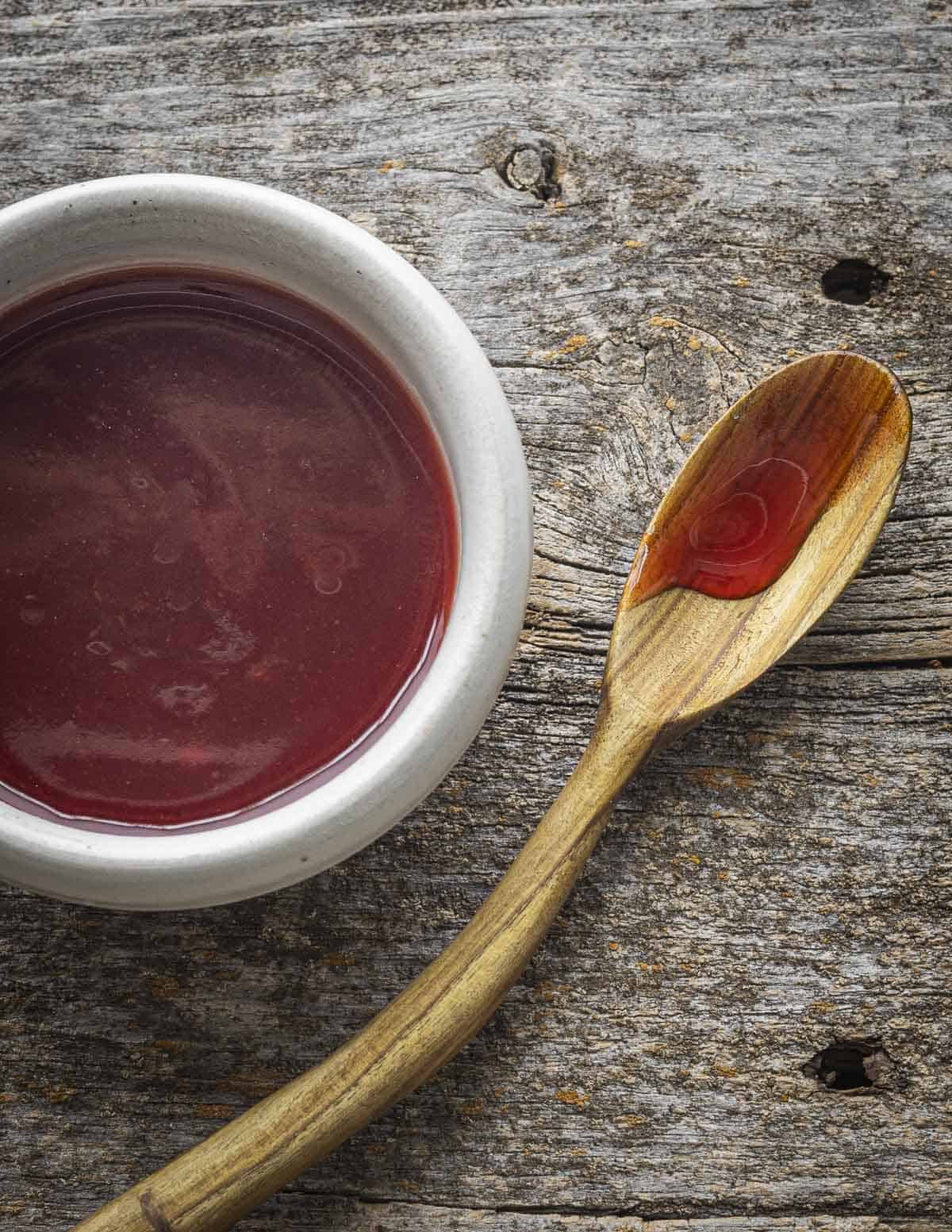

Yahya Frederickson
My wife and I found some highbush cranberries in the woods of north-central MN. Despite our following your directions, the juice still smells of funky sweat socks--though not as strong as when my mom and grandma (who didn't know about the seeds' effect) used to make jelly when I was young. I seem to be sensitive to that smell.
Alan Bergo
Hi Yahya. “Despite my directions” isn’t the right way to phrase this, it has to do with the species you’re harvesting. Even in Northern MN we still get V. opulus. But, the Natice variety will always have a little Fuji to them, just nothing like Opulus.
Greg Martin
Thank you, Alan! I picked up a 'Wentworth' American Highbush Cranberry from a big box store and have been wondering if it was legit or not. This year it set its first few berries, but wildlife took them before they turned red. Thanks to your article, I ran out to look at its extra floral nectaries and it is an American HBC! You've made me very happy. I put rocks on some branches 🙂
Brendan
The European variety do indeed taste awful. It was an early foraging error of mine when I picked some and tried them and got a nasty surprise. I naively believed they were red currants. But something about their appearance seemed off and the repulsive taste made me think I'd bit into something potentially poisonous. I briefly panicked and spat them out. Later, I figured out what they actually were.
But recently I've been learning about medicinal plants and discovered that the foul berried variety is also known as "cramp bark" for it's ability to relieve tense muscles. So skip the pungent berries and take a slice of bark.
Kathy Chesnut
Where I live in Alaska, Highbush Cranberries are common. In a village I used to live, they were called Sour Berries, which I think is pretty accurate.
To make jelly, these berries are often harvested when they’re almost-ripe and still firm, when they have more pectin, and lightly cooked to soften before straining to get the juice. I’m not sure I noticed much of a bitter taste.
My absolute favorite combination is Highbush Cranberry Syrup with Sourdough Pancakes. It’s a synergistic combination I love, and is better than any of the other wild berry jams or jellies with Sourdoughs.
Roman
Hi Alan,
I can confirm everything in this post. My mither and wife preserve the european variety for use in winter, adding to hot water and making "tea"
I don't know how they drink the stuff, but they've slowly gotten my daughters into it and I'm honestly at a loss.
Maybe I can try the ol' switcheroo with the good stuff and show them what they sre missing
Alan Bergo
Thanks Roman.
Elizabeth Davidson
I’m curious if you’ve used the leaves. I read somewhere that used as tea they have a complex, sweet honey and earthy flavor.
Alan Bergo
Hi! I haven’t. I checked Sam Thayers field field guide and he doesn’t mention it. I have them on my property so I’ll try to remember to play around with them.
Rosemary Candler
Could you use a juicer instead of mashing?
Alan Bergo
You could potentially use a masticating juicer too.
Seli
So I take the whole fruit is edible and I can just blend the whole thing and drink it like a smoothie, right? I'm confused because there are mixed opinions about consuming them raw, that they're mildy poisionous. But I see that juicing the raw fruit is also common, especially for kidney stones. I tried it for the first time today. It smelled really bad when I opened the container, (yeah, like feet or smelly cheese) but to my surprise, I kind of liked the taste when I tasted the raw juice diluted with water (1:1)
Alan Bergo
The product of highbush cranberries is highbush cranberry juice. The seed is not edible. Like any new food, don't drink a ton on an empty stomach raw (more than 2 oz). it should be diluted with other juices, soda water, sweetened, etc.
Seli
Hey, Alan. Thanks for your super quick reply! I just saw it, though :)Sorry. Yes, I juiced it in a juicer and discarded the seeds. Consumed moderately, and so far so good 🙂 And I froze the rest to consume later. Cheers!
Bonnie M Hays
Glad I found your site as I finally picked some berries from the shrubs I got from our County conservation sale. They only sell native plants but I cant find the variety I bought. Not too terrible a taste. My question is does the berry ever spoil or turn rancid while on the bush? I was surprised you can use them so late into winter. I was only saving those that were still round and intact and not sunken or broken but from your picture, sunken ones are OK?. Thanks!
Alan Bergo
HI Bonnie, no, as long as the fruit is a nice red color, and has a nice tart taste when you eat one, they're fine. They make be slightly drier, so they could take more water during the cold-juicing process.
Alex Skibinsky
We were lucky to live where there was a abundance of all kinds of wild berries that were at times mixed with the cranberries and made into jams and jellies. This was in central eastern Saskatchewan. We always picked our own berries but the Native Cree Nation would pick them also and sell them to the merchants in town.
Alan Bergo
Thanks for sharing Alex.
Alex Skibinsky
Remembering my mother cooking or blanching high bush cranberries and then putting them through a large cone sieve with a wood pestle. I am sure she may have added other ingredients such as sugar, gelatin etc. It was then canned for the winter months. Very tasty.
Pierre Blin
Hello. When you say don't even think of using a juicer, does that also mean a steam juicer?
Mary Ann
I was also wondering about a steam juicer?
Alan Bergo
Hi Mary, sorry this won't work. ANY method of cooking / juice extraction where heat is applied to the fruit while it contains seeds will make a bitter, off-tasting juice.
Sandra McHarg
I've collected some seeds from a yellow fruited viburnum, which I'm considering trying to grow. As far as I can tell it's Viburnum opulus "Xanthocarpum". Am wondering if you've had any experience with that variety? I believe it's one of the European "Guelder Rose" types.
Alan Bergo
I don't bother with the European varieties. They smell awful and taste bitter.
Corinna Atterton
You say east, taste one.. And you describe the yucky, bitter, wet dog taste of the European variety. But, could you please describe the taste a newbie can expect from the good ones who've never tasted either berry before? My neighbor has some bushes and I plucked a berry and tasted it. It was sour but not disgusting... Is that what to expect from the good variety? More description is better. Thanks! 🙂
Alan Bergo
I added some more description for you, a little more is helpful for clarification if you haven't had them. Yours sound good.